KHANDARI SPILL DAM
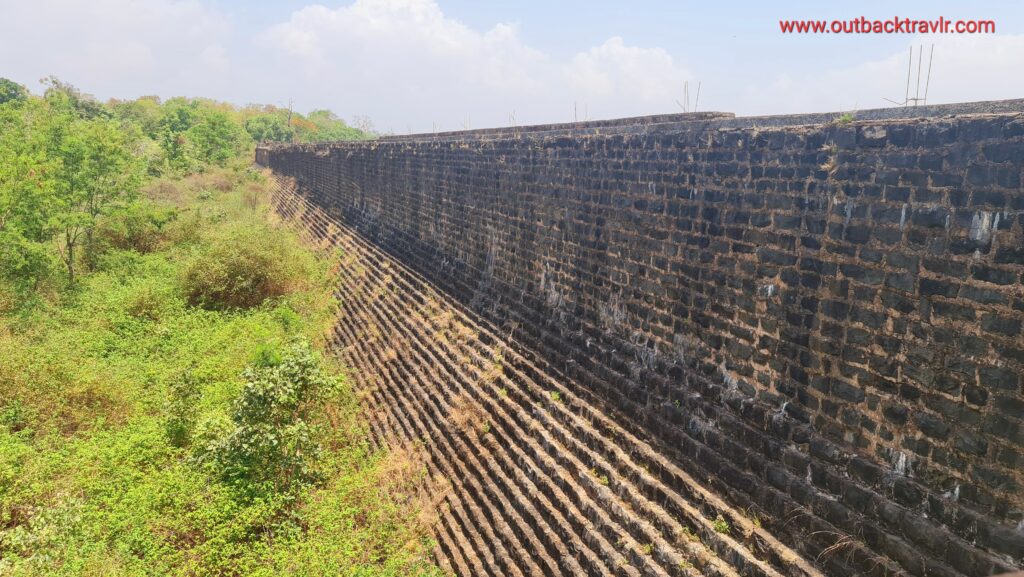

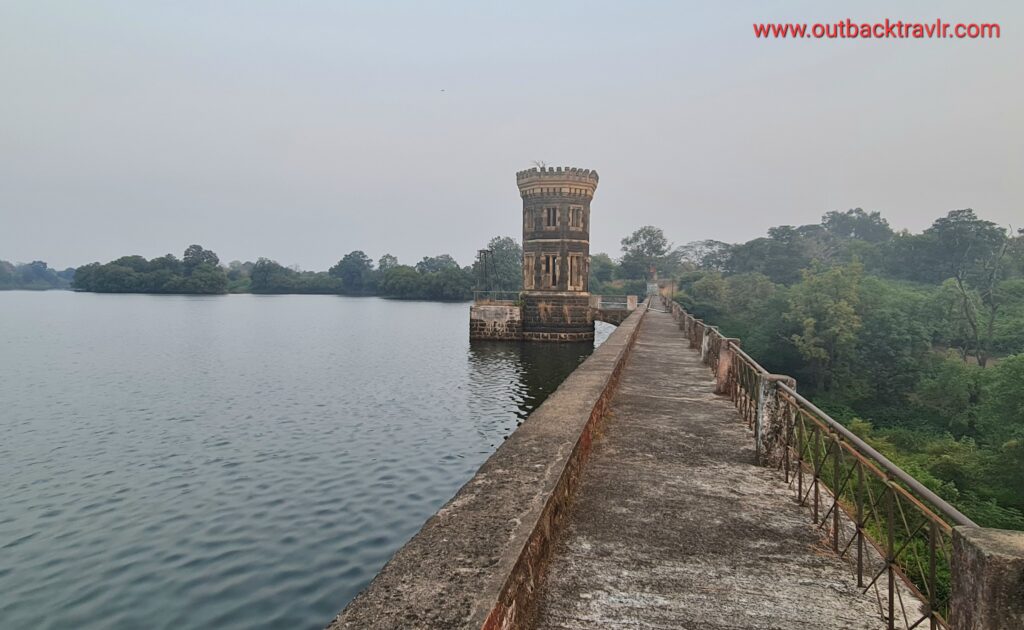
Dams illustrate the brilliance and arrogance of human ingenuity. They generate one-sixth of the world’s electricity and irrigate one-seventh of our food crops. They have flooded land areas the size of California, displaced a population the size of Germany, and turned freshwater into the ecosystem most threatened by species extinction.

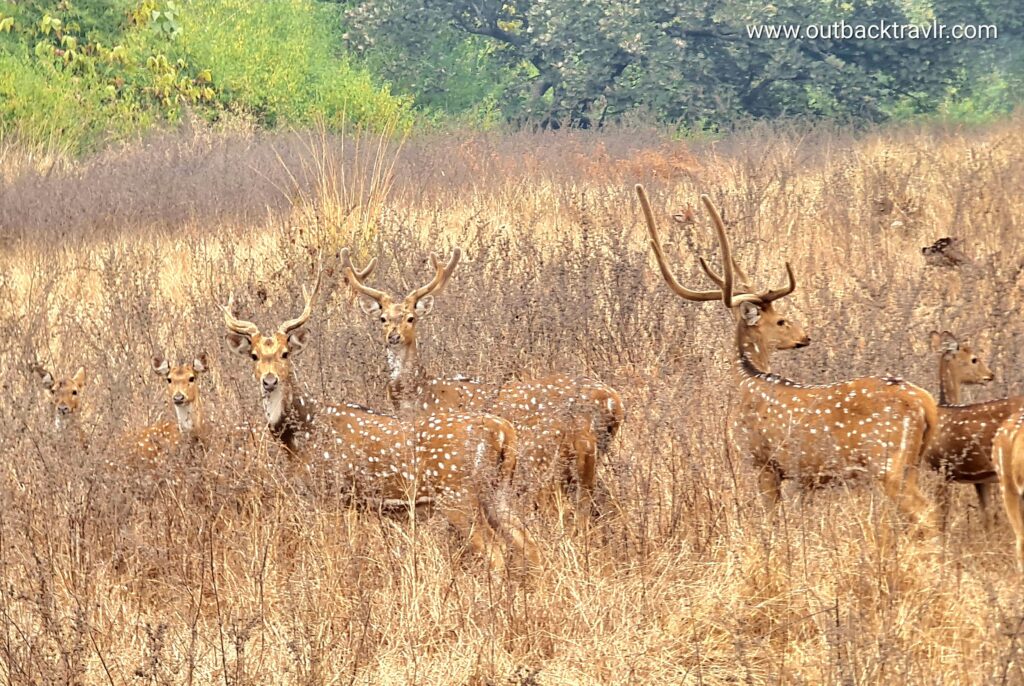
However, they also harbour and support a vibrant ecosystem of flora and fauna which are important for the environment and varied species of wildlife.
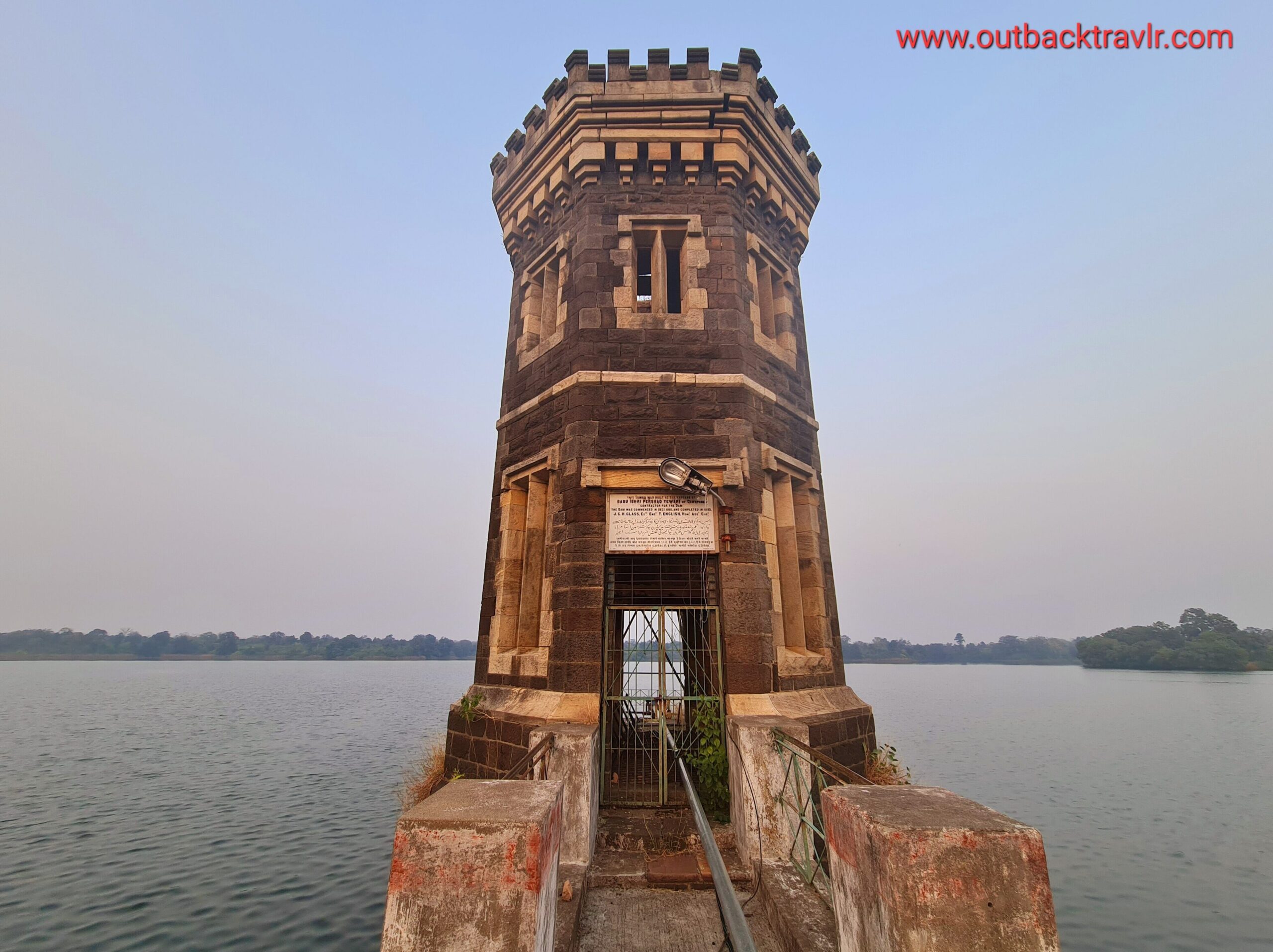
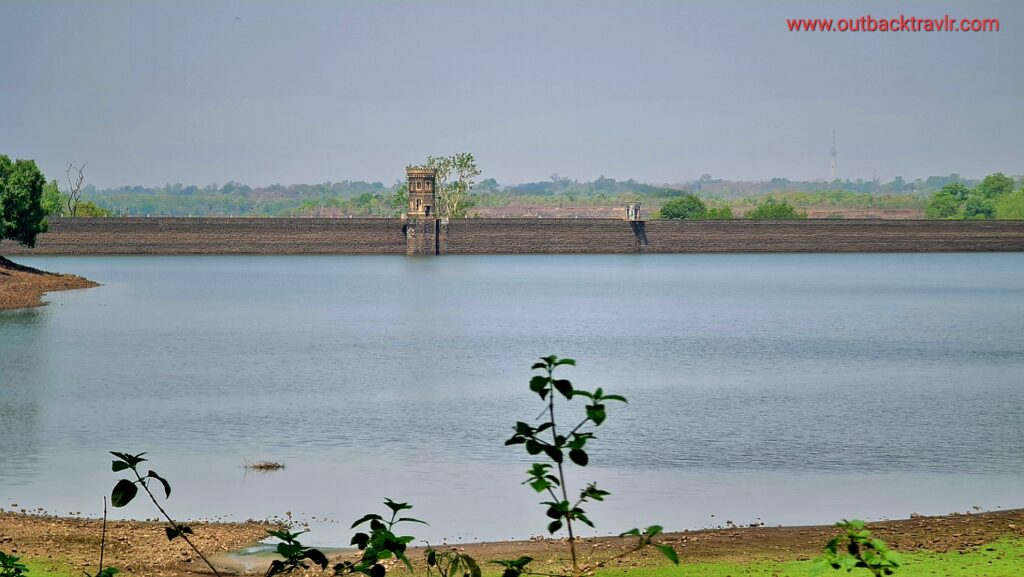
The Khandari Dam situated at Jabalpur, Madhya Pradesh, India is a spill-type dam. The construction of the Dam materialized in February 1883 under J.H. Morris, the Chief Commissioner of Central Provinces and Berar (erstwhile province in British India). It is a source of drinking water for the city of Jabalpur and is a beautiful place with a small wild life reserve and the dam.
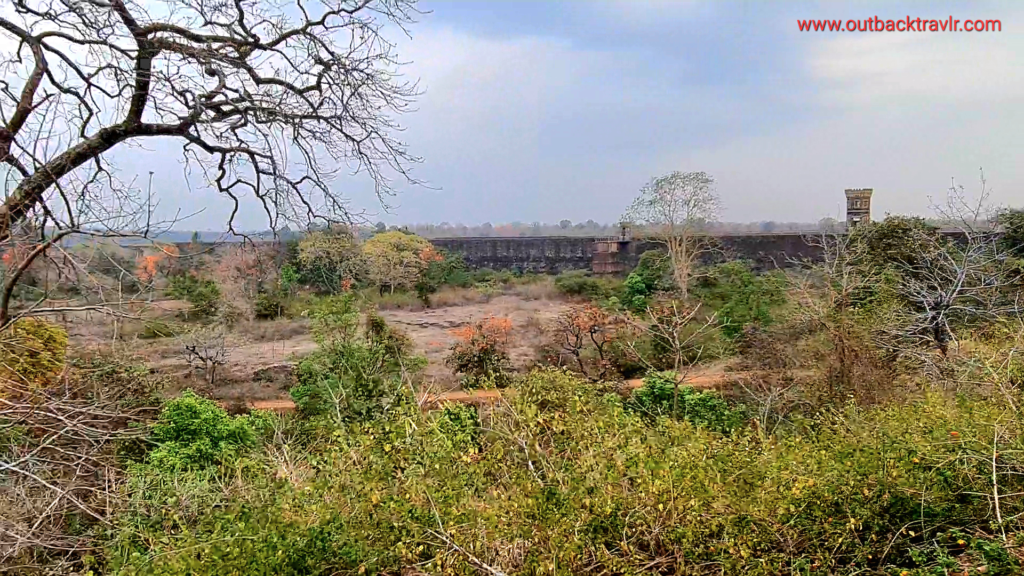
The Central Provinces and Berar also known as the Hyderabad Assigned Districts, was a province in British India, ruled by the Nizam of Hyderabad and later the Dominion of India which existed from 1903 to 1950. It was formed with the merger of the Central Provinces with the Province of Berar, which was territory leased by the British from the Hyderabad State.

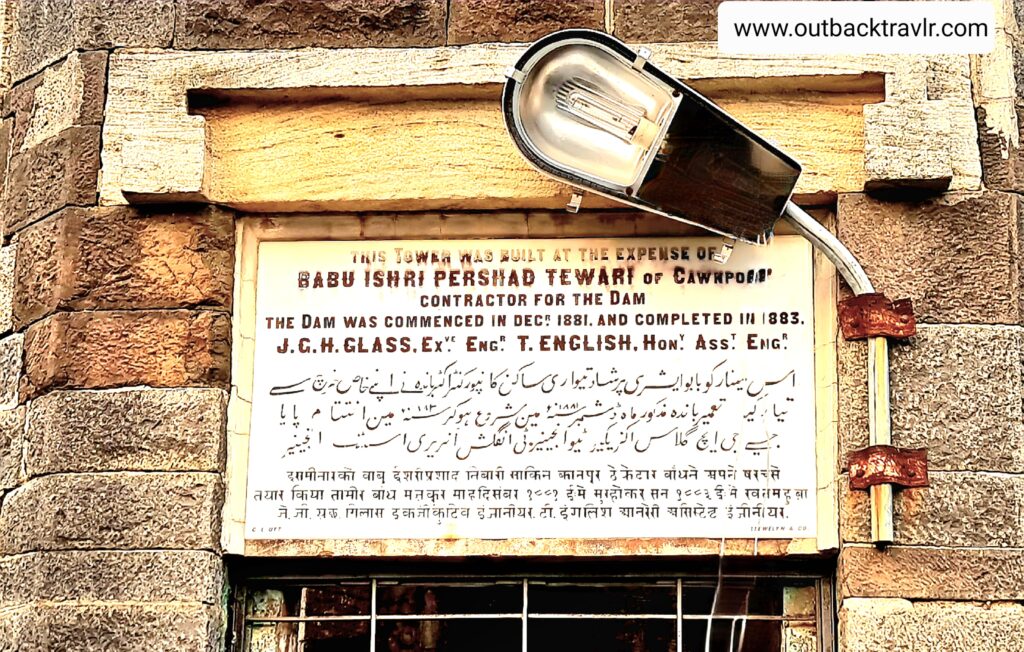
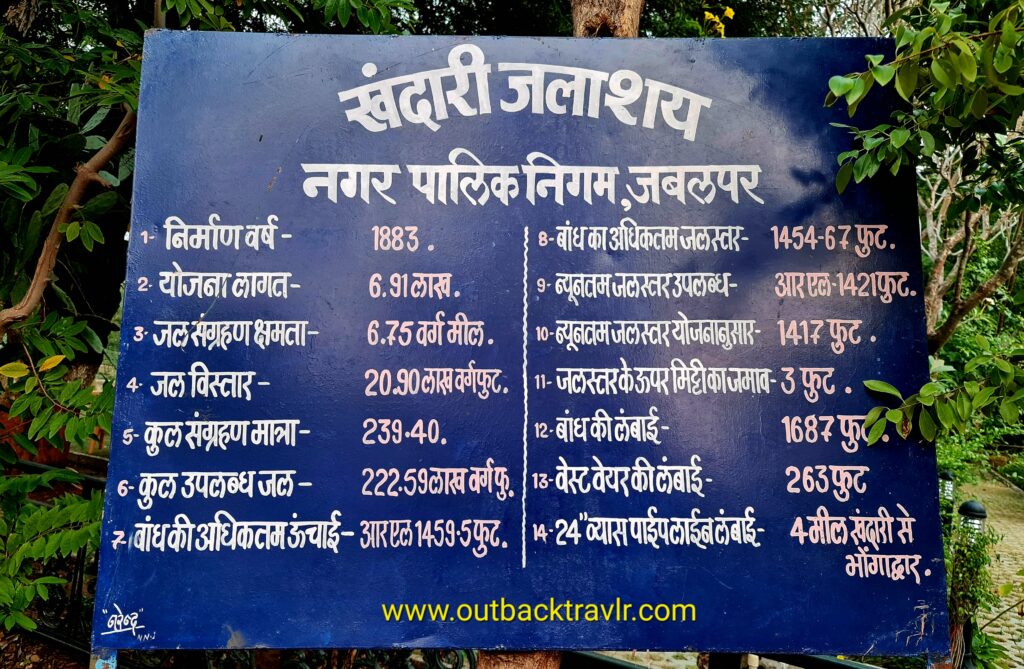
Construction of the Dam commenced on Dec 1881 and the work was completed on 26 February 1883. It was primarily constructed to supply water to one-third of the city of Jabalpur. The capacity of the dam is 6.30 MCUM (Million Cubic Metres) and its water supply capacity is 6.75 to 9 MLD (Minimal Liquid Discharge).
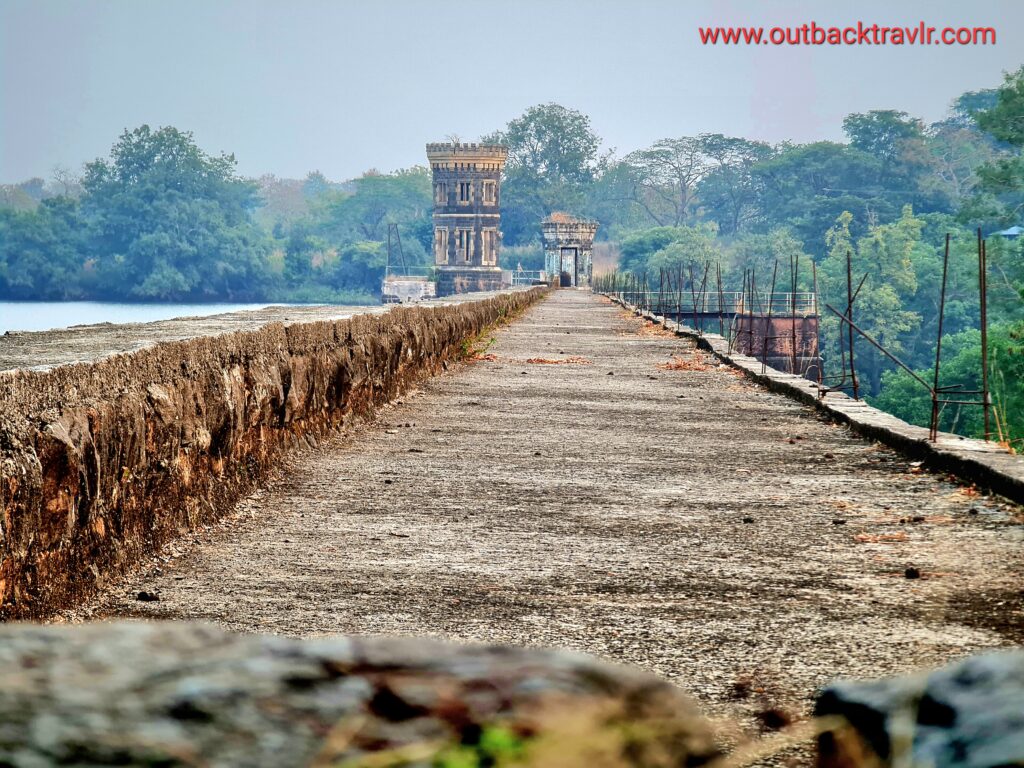
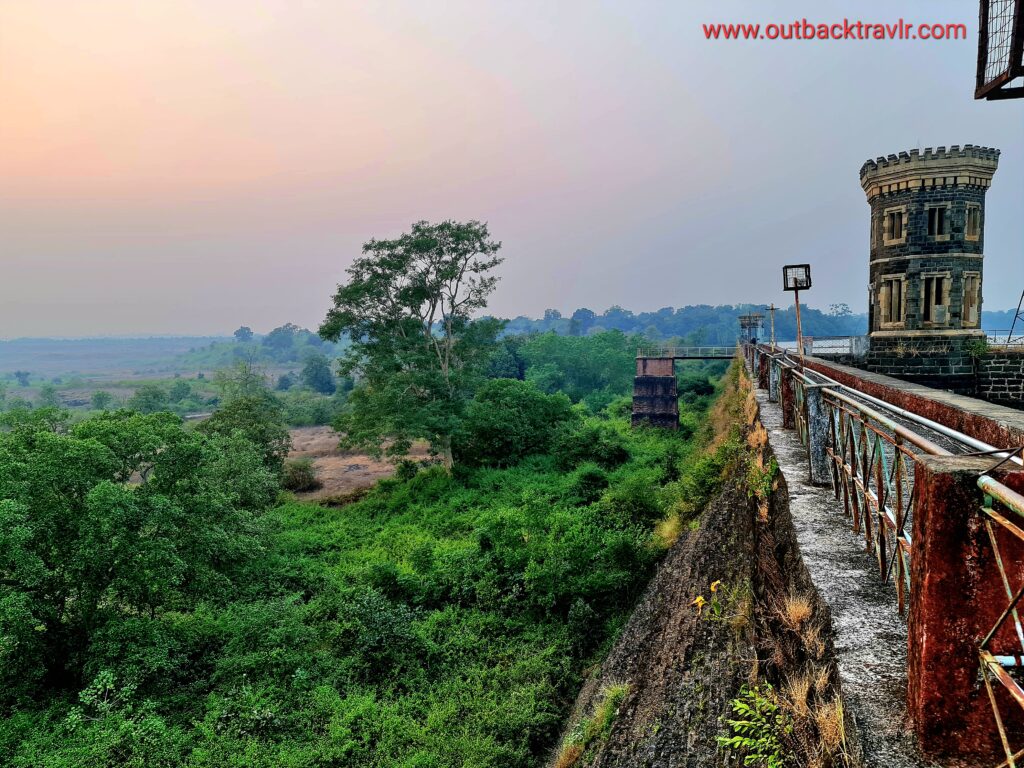
The dam is quite high and a walk over the dam provides you with a view of the surrounding area and the lush greenery of the place.
DUMNA NATURE RESERVE
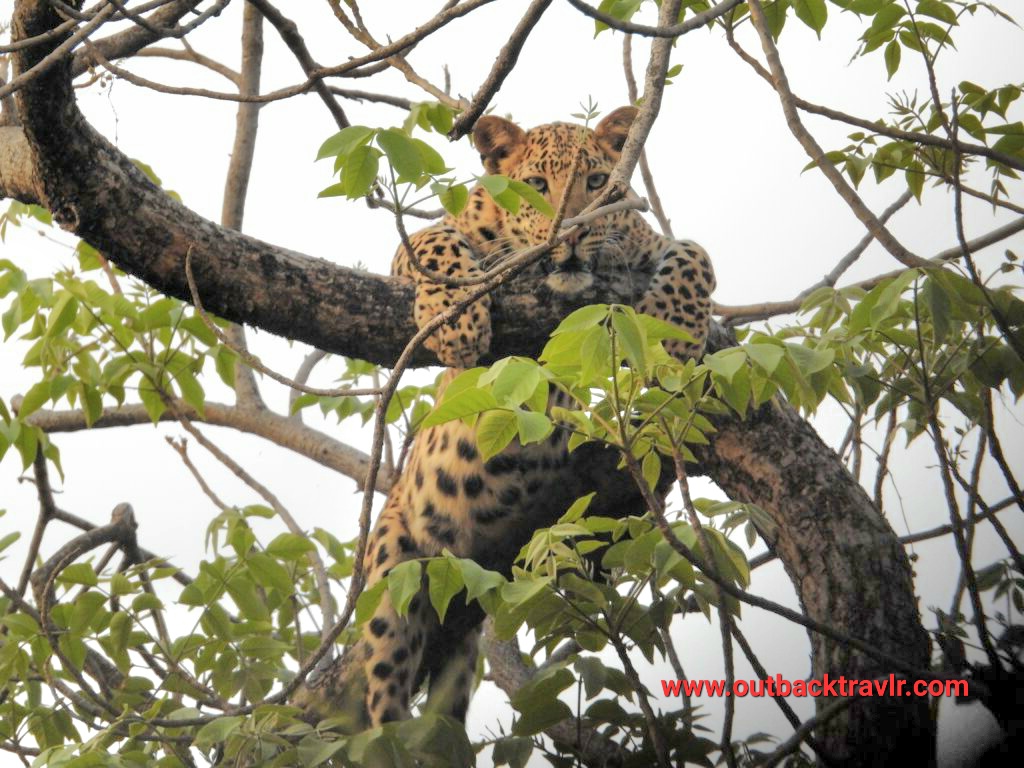
Khandari Dam is bounded by a biodiverse ecosystem consisting of rich fauna and flora which is known as Dumna Nature Reserve. The Dumna Nature Reserve forms part of the Jabalpur Municipal Corporation and is spread over nearly an area of more than 1800 acres of forested land on a plateau, about 40 meters above Jabalpur city.

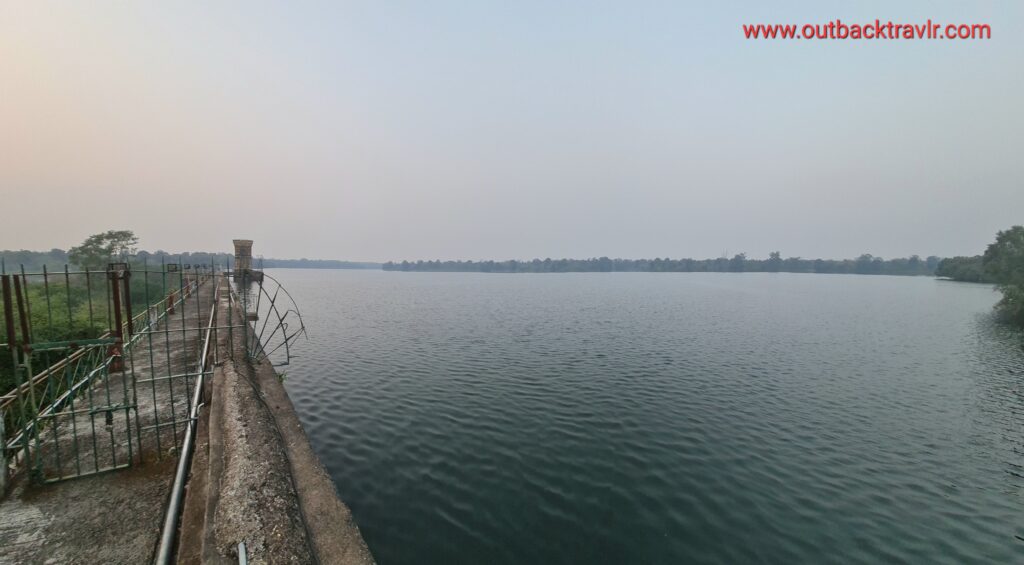
The Dumna Nature Reserve of Jabalpur Municipal Corporation was transferred to the Municipal Committee of Jubbalpore (as it was called then) by the provincial government to act as the catchment area for the Khandari lake. Since its construction in 1883, the forests in the region have collected rainwater to feed the 240-acre lake. Dumna is within municipal limits of Jabalpur and is managed and conserved by the Municipal Corporation.
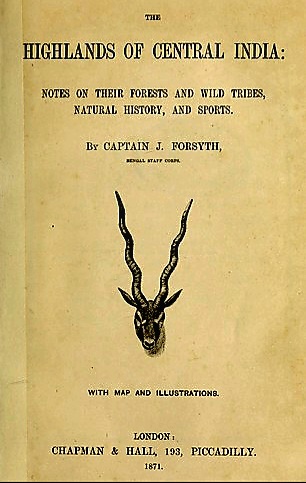
The place, along with Lower Gaur Forest, has been described in Captain James Forsyth’s ‘Highlands of Central India’ as a favoured place for tiger shoots for British officers. Captain James Forsyth was the ‘Settlement officer and deputy-commissioner of Nimar’ (the southwestern region of the state of Madhya Pradesh, India)
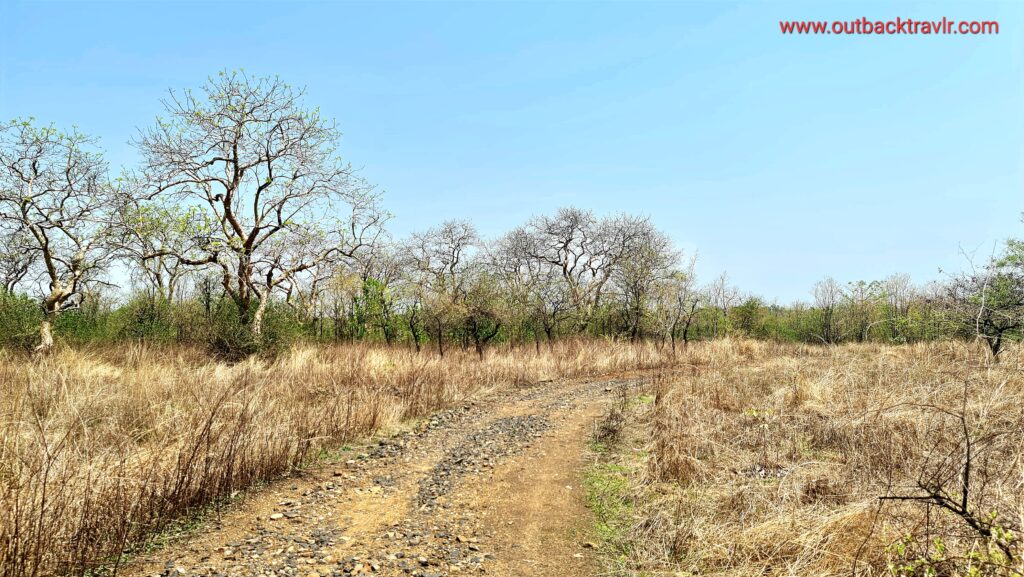
The rich flora around the lake is of dry deciduous type, typical of central Indian mixed forests.
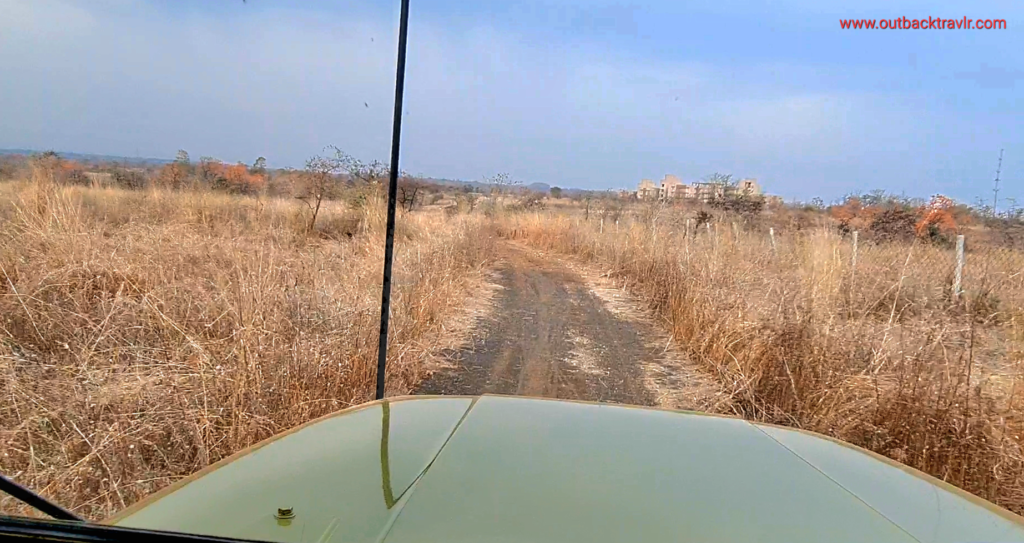
Dumna is among the most well-preserved ecological habitats in an urban area and stands as one of the best models of urban conservation in the country.
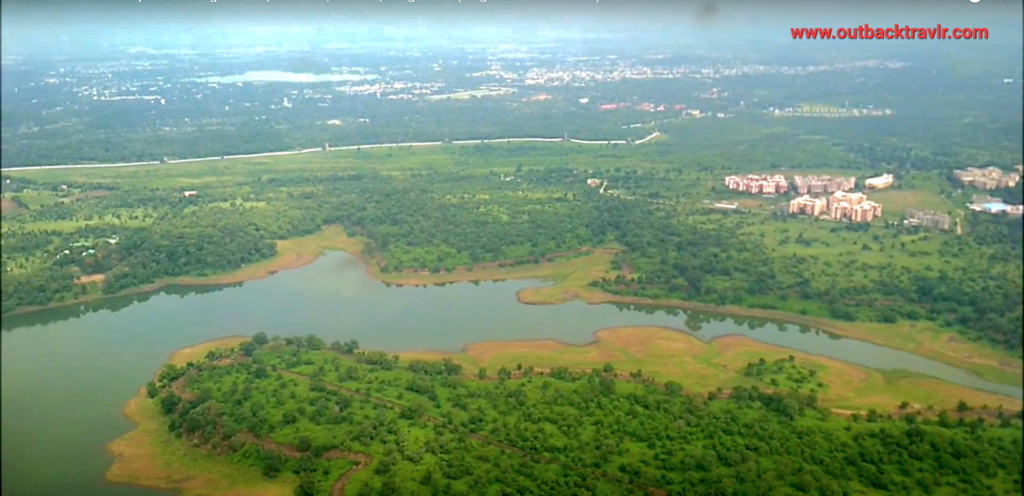
This reserve and the adjoining forest areas have a history of nearly 150 years of conservation. Dumna reserve acts as the lungs of the city and has been preserved as an ecological habitat.
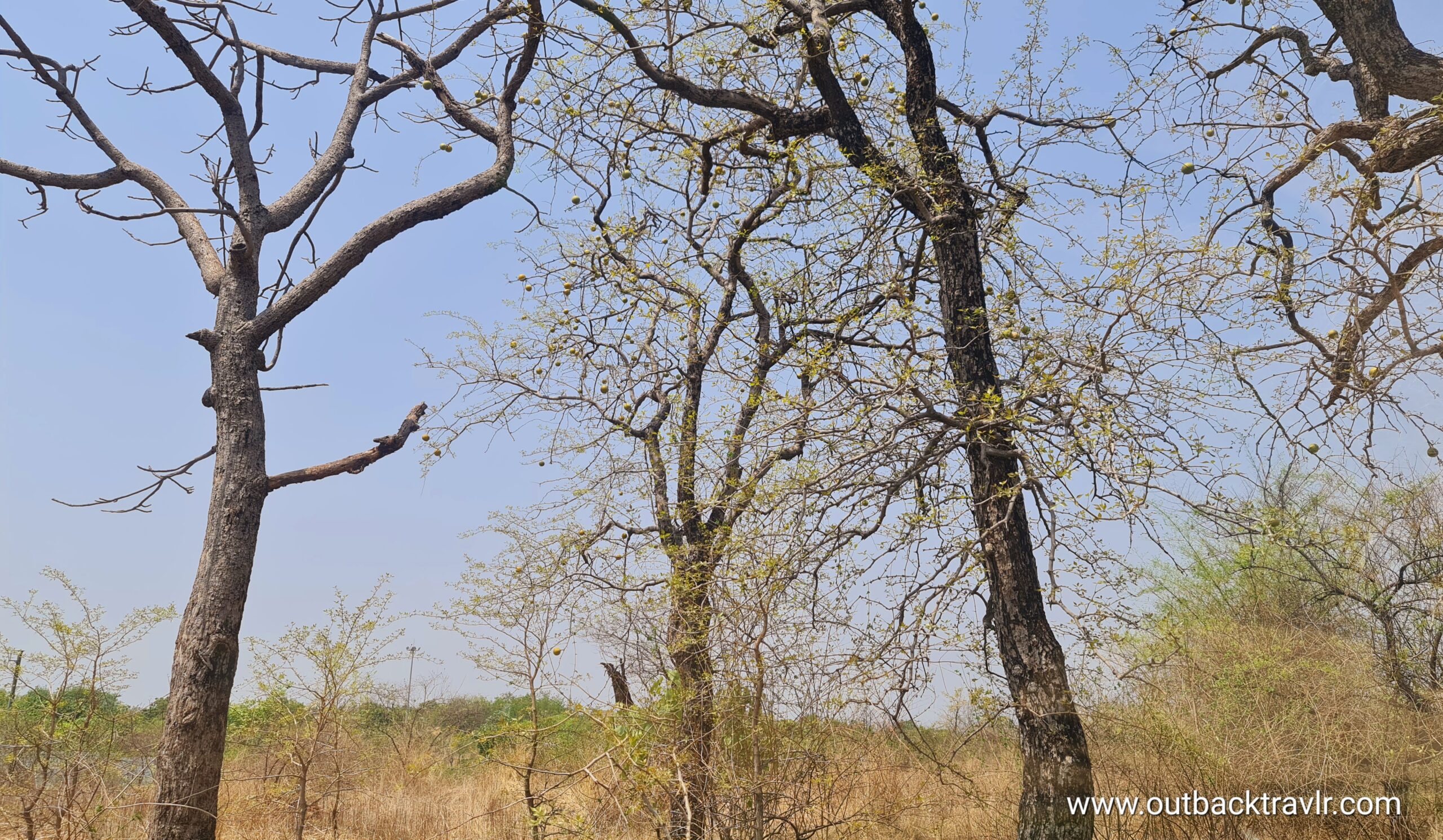
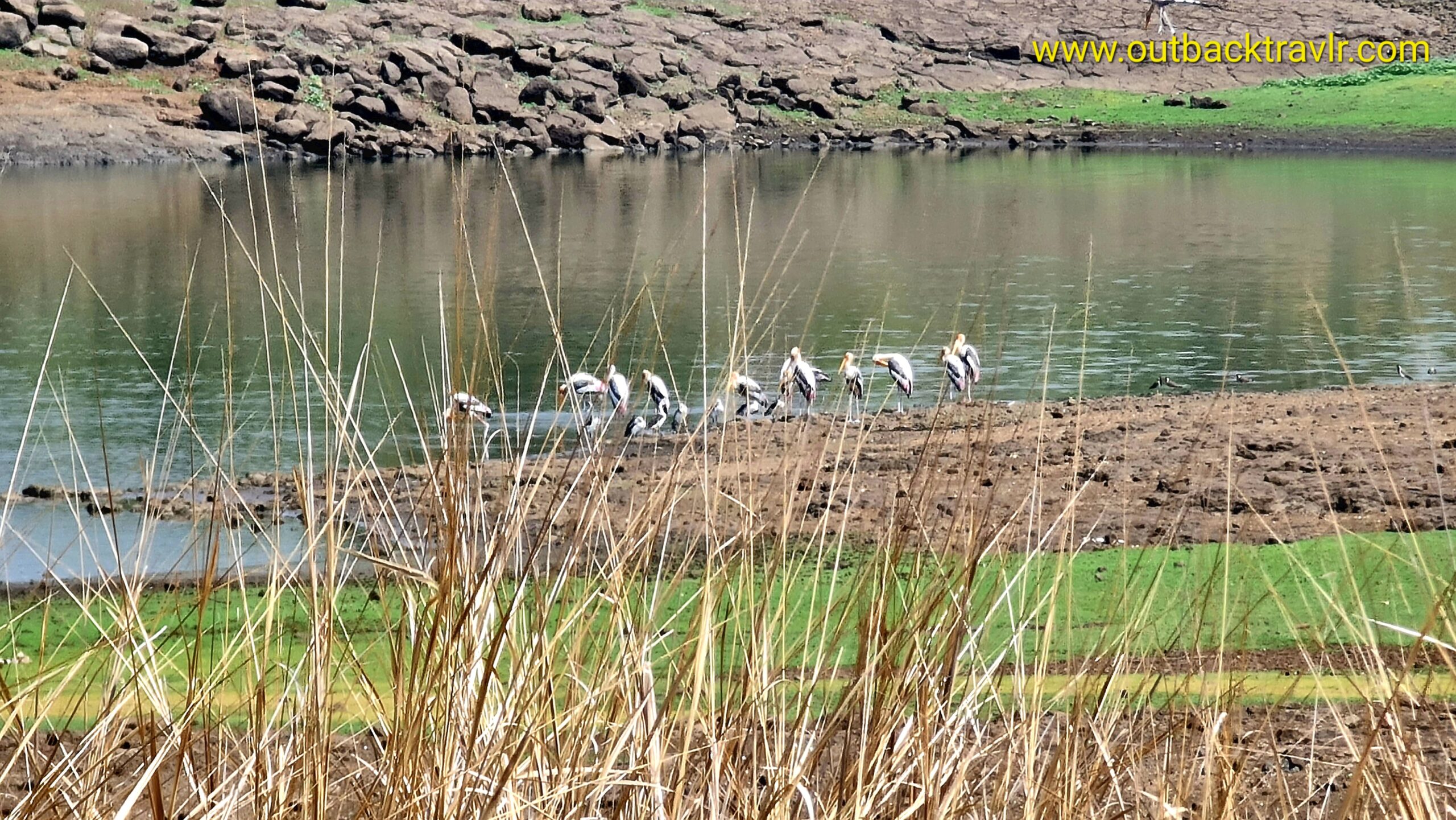
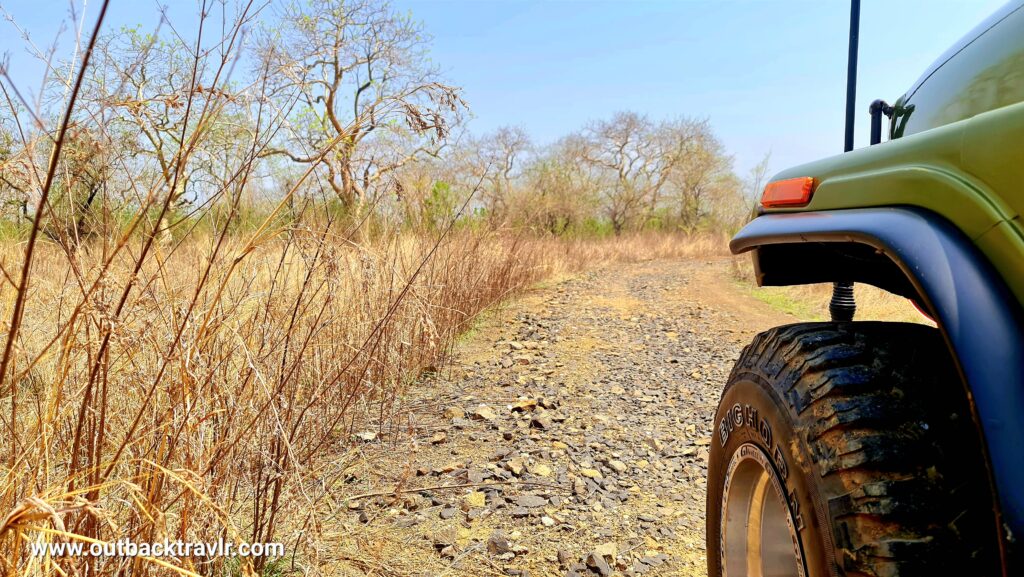
The Dumna Nature Park is home to numerous species of native trees, plants, shrubs, herbs, creepers, climbers and grasses. It boasts of a diverse ecosystem – woodlands, grasslands, and wetlands and is the quintessence of ‘Urban Forests’ that acts as an ‘Oxygen Bank”, thereby improving environmental quality and human health in and around the city of Jabalpur.
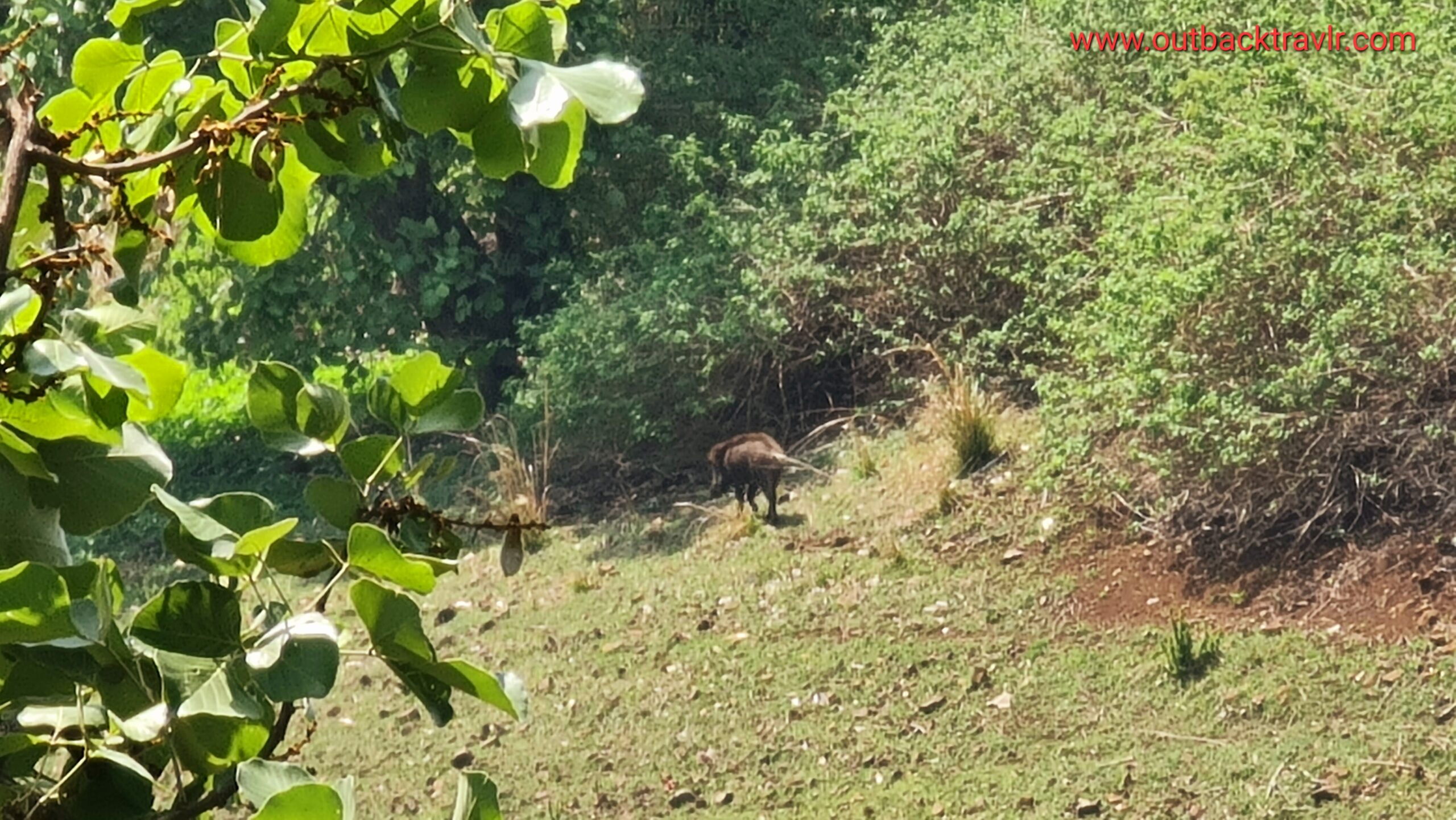

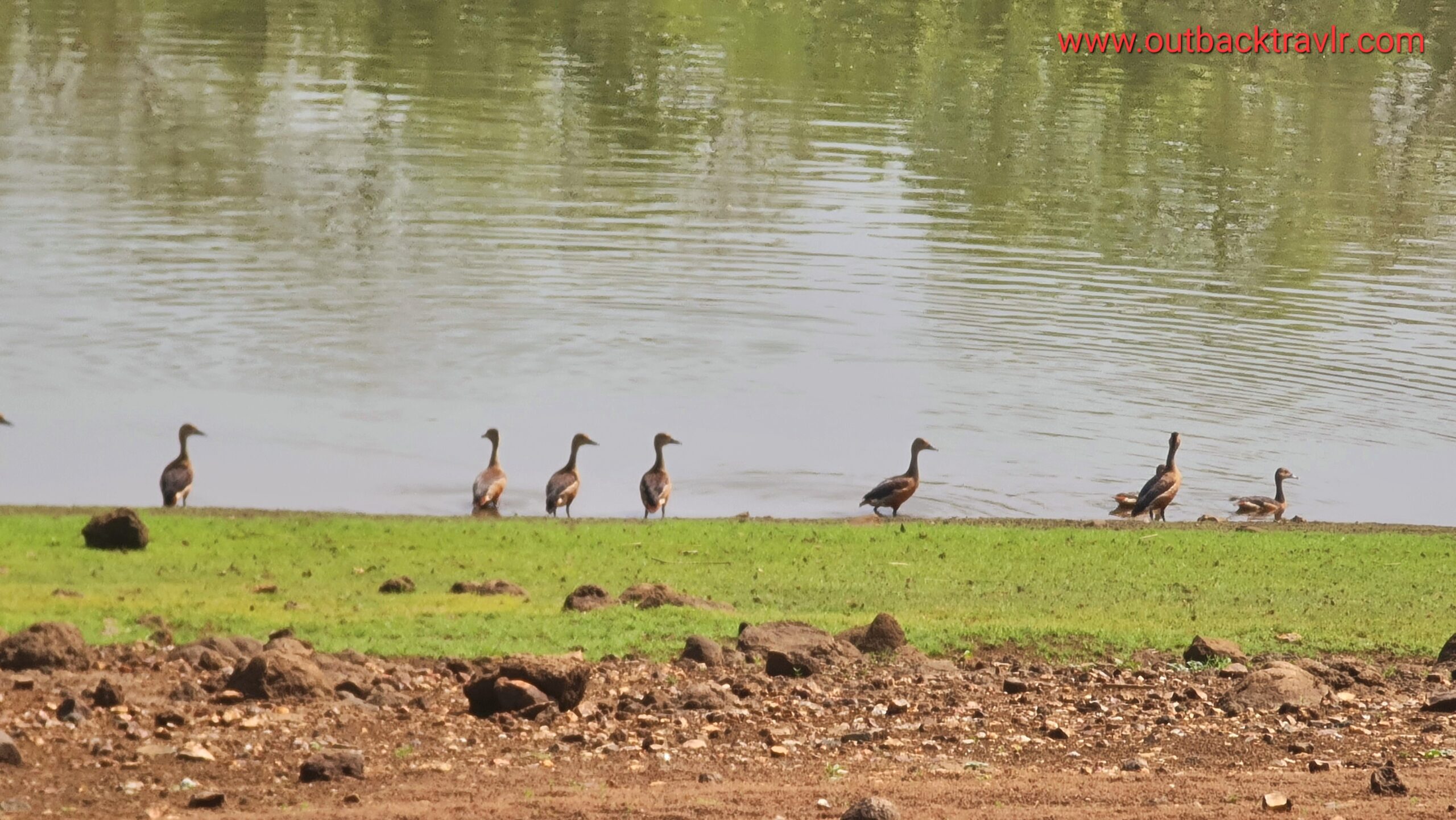
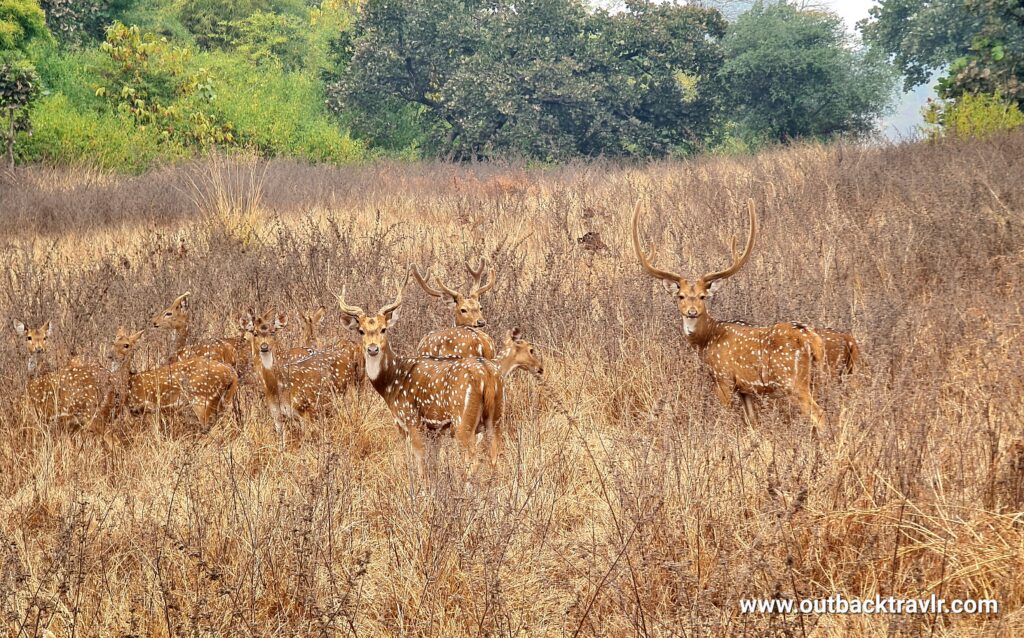
The Dumna Nature Park is small compared to other well-known sanctuaries and contains very little inhabitants. One can look forward to the sighting of various animals, such as the Spotted deer (Chital), Wild boar, Porcupine, Jackals, Four-horned antelope, Rusty-spotted cat and Crocodiles. Sightings of Leopards have also been reported in and around the park. More than 300 species of birds are found here such as the Malabar Pied Hornbill, Indian Grey Hornbill, Painted Francolin (Partridge), Quail, etc and being a wet area, one may also find many species of migratory birds.
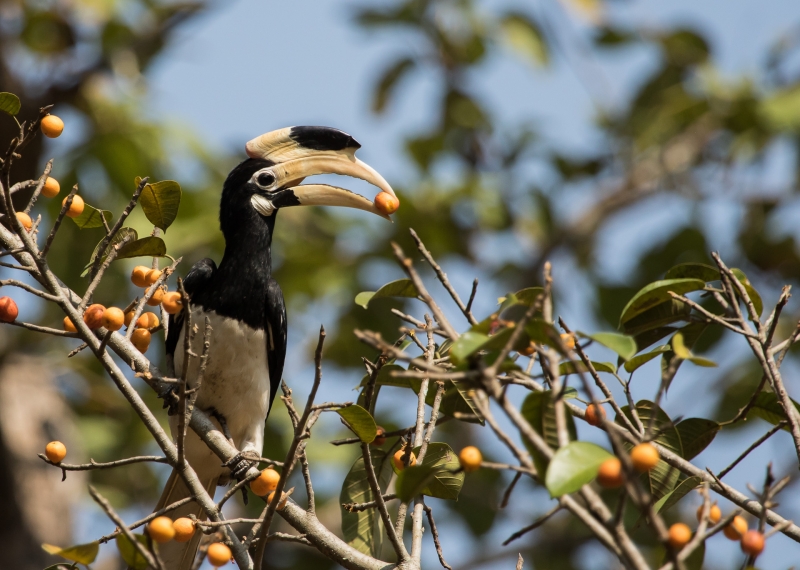
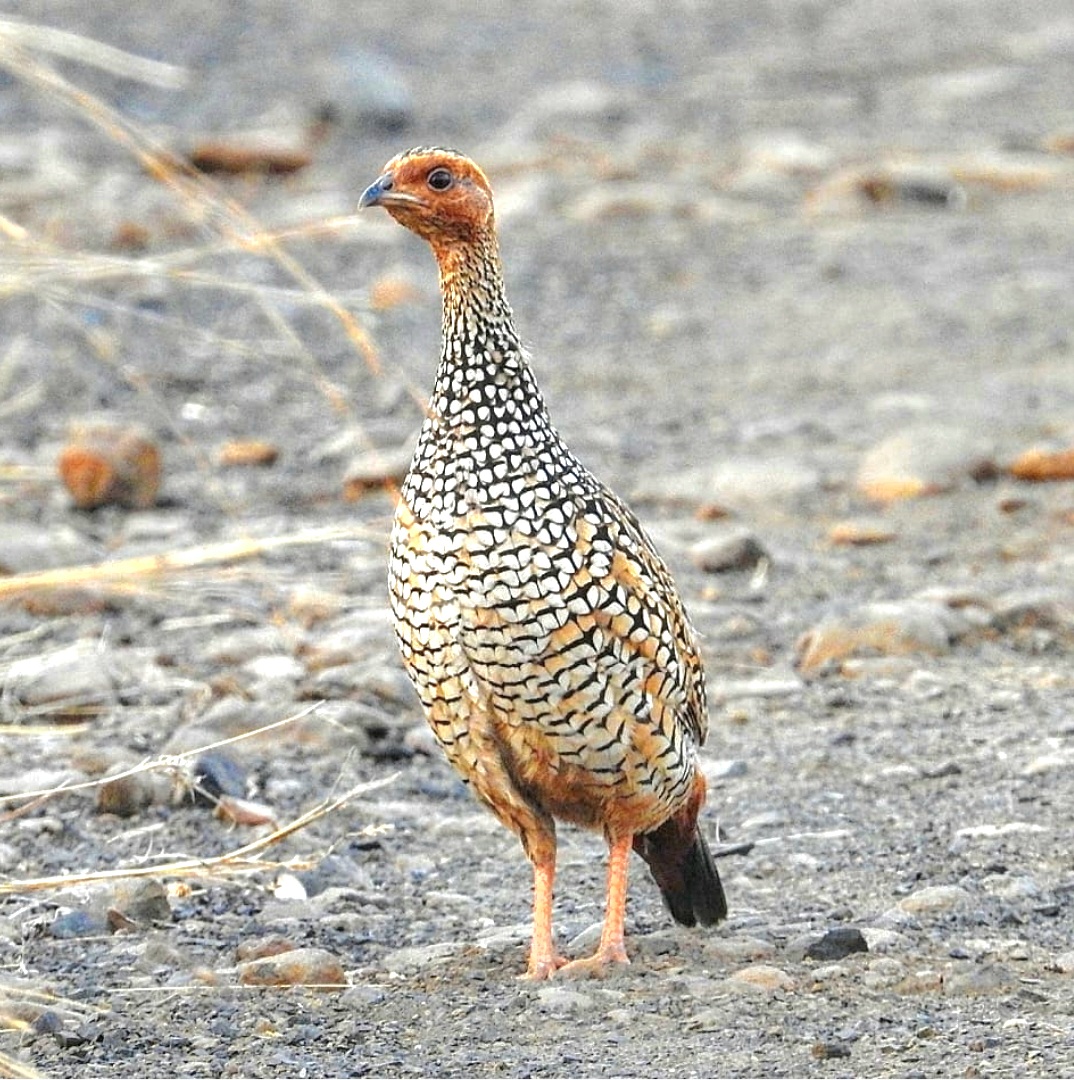
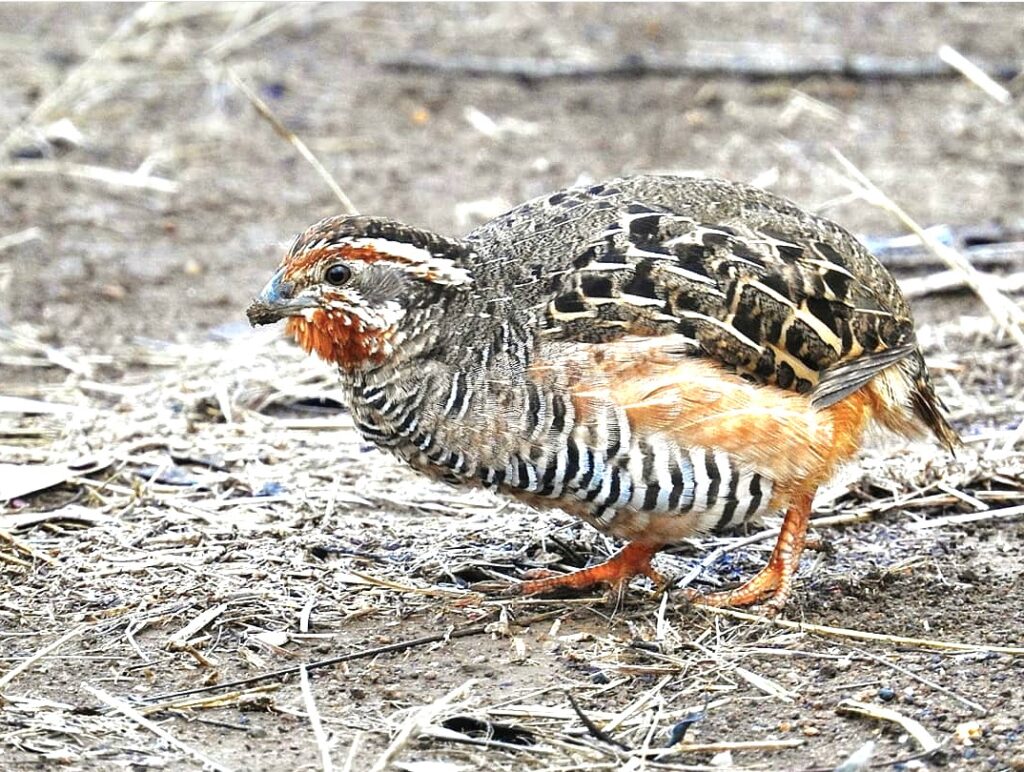
Dumna has evolved as a centre of attraction for tourists, students, naturalists and birders. The municipal corporation has mapped out several nature trails, including a 12 kilometre cycle trail, and built a nature library and an interpretation centre. Admirably, there has never been a single recorded incident of human-wildlife conflict in or around Dumna.
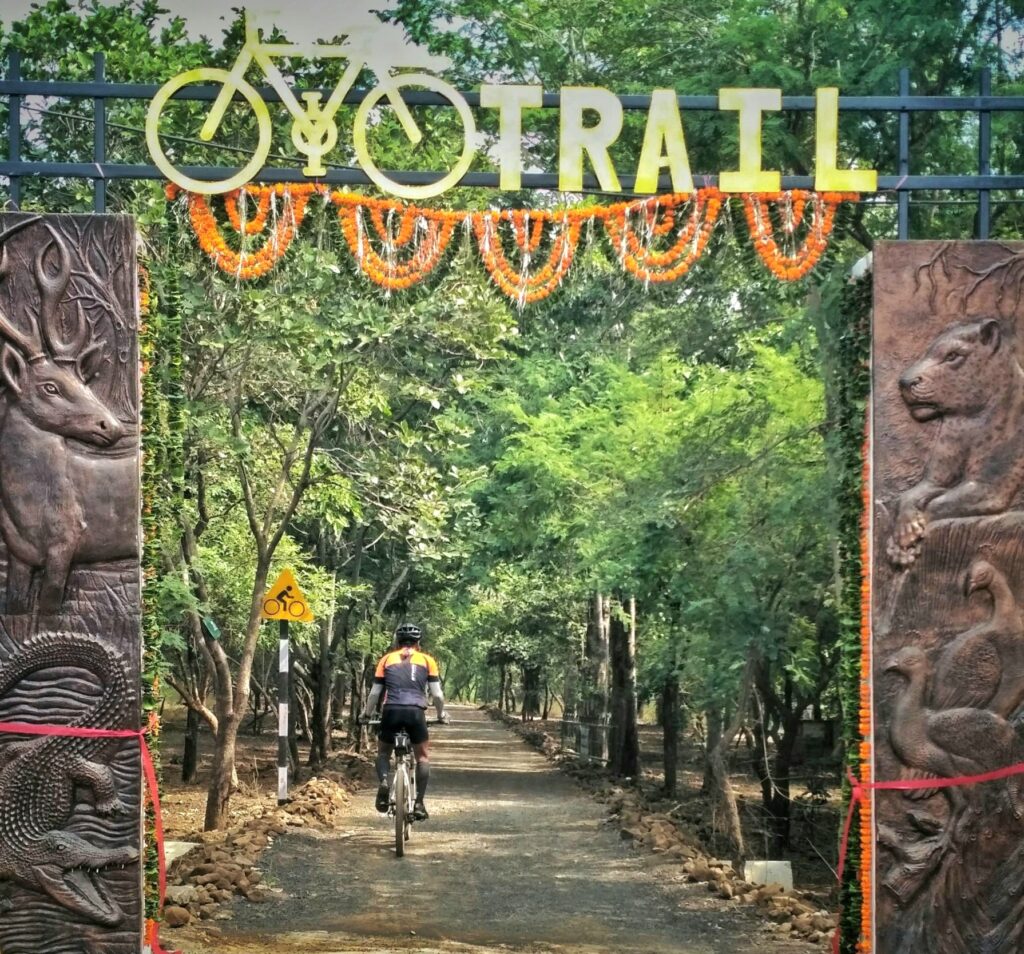
KHANDARI DAM REST HOUSE
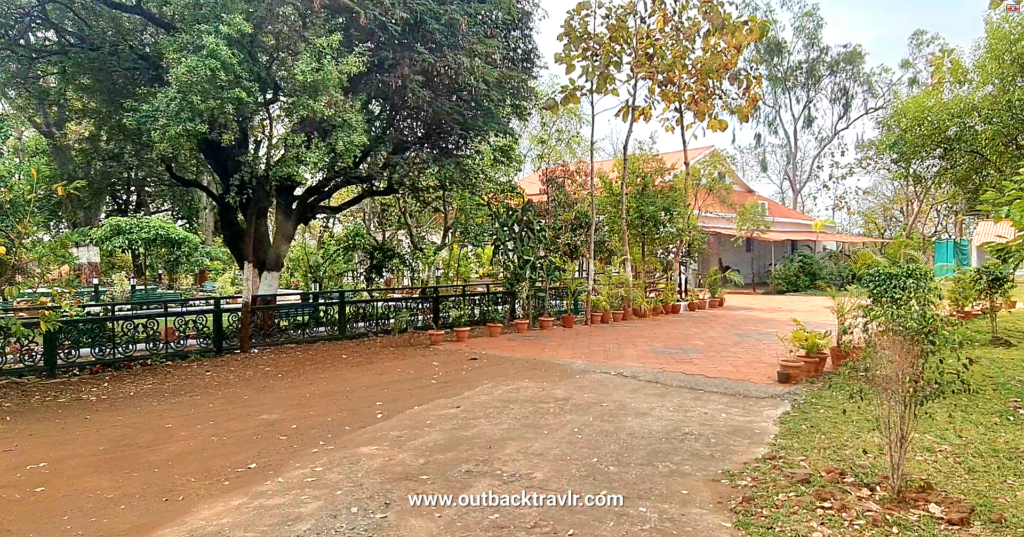
A Rest house is located adjacent to the Khandari Dam which was originally constructed for the engineers involved in construction and maintenance of the Dam. The Rest house is fenced from all sides which provides a safe haven for the occupants whilst allowing them to witness the nature around them, unhindered. Over the years, this Rest house has undergone few renovations and additions; however, it is not open for tourists.
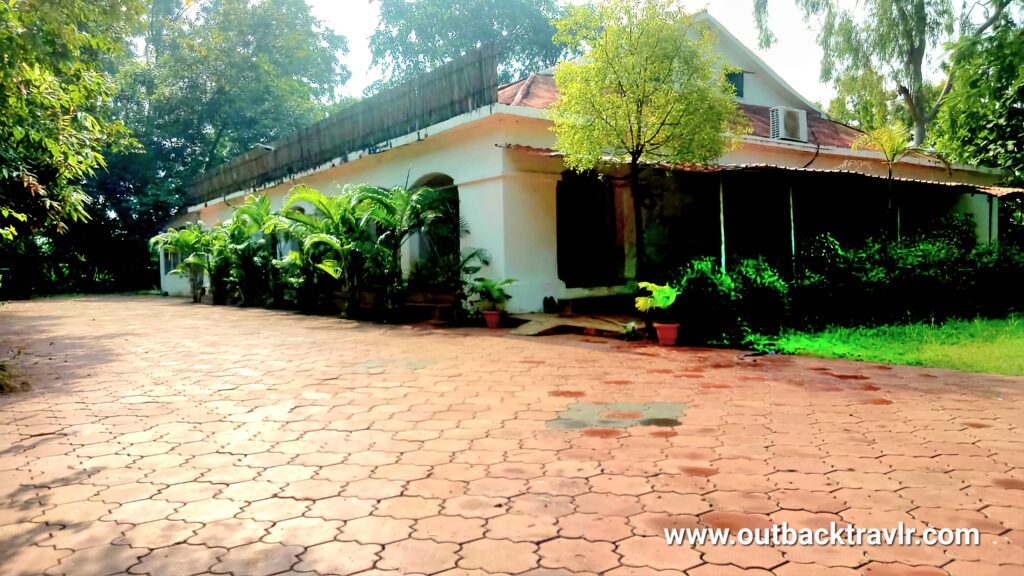
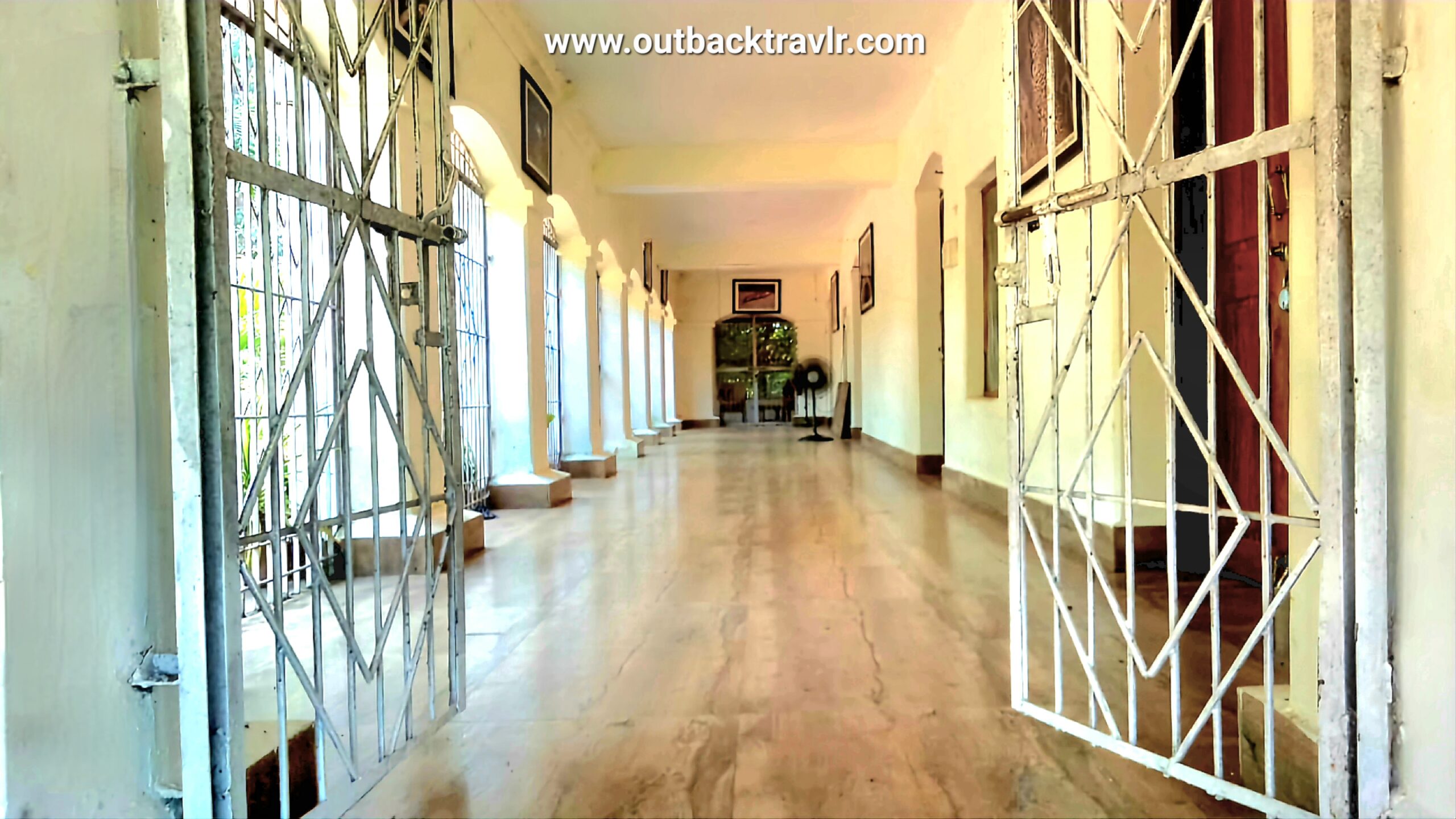
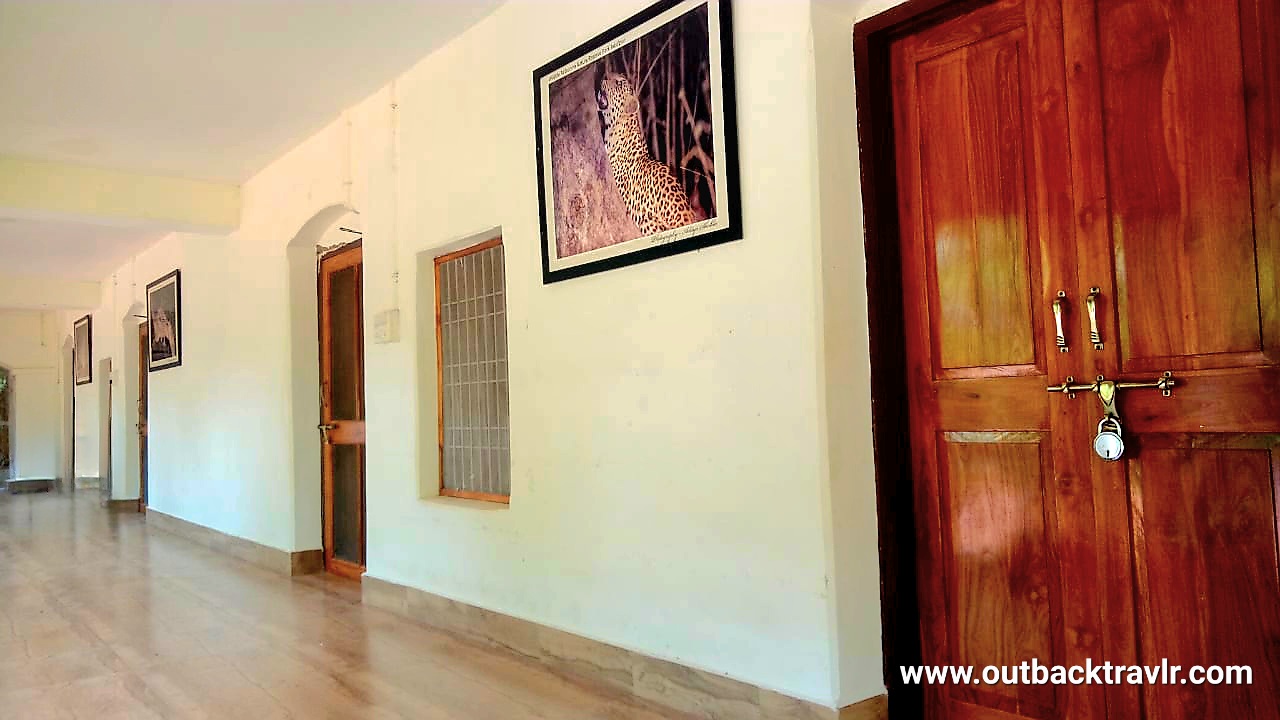
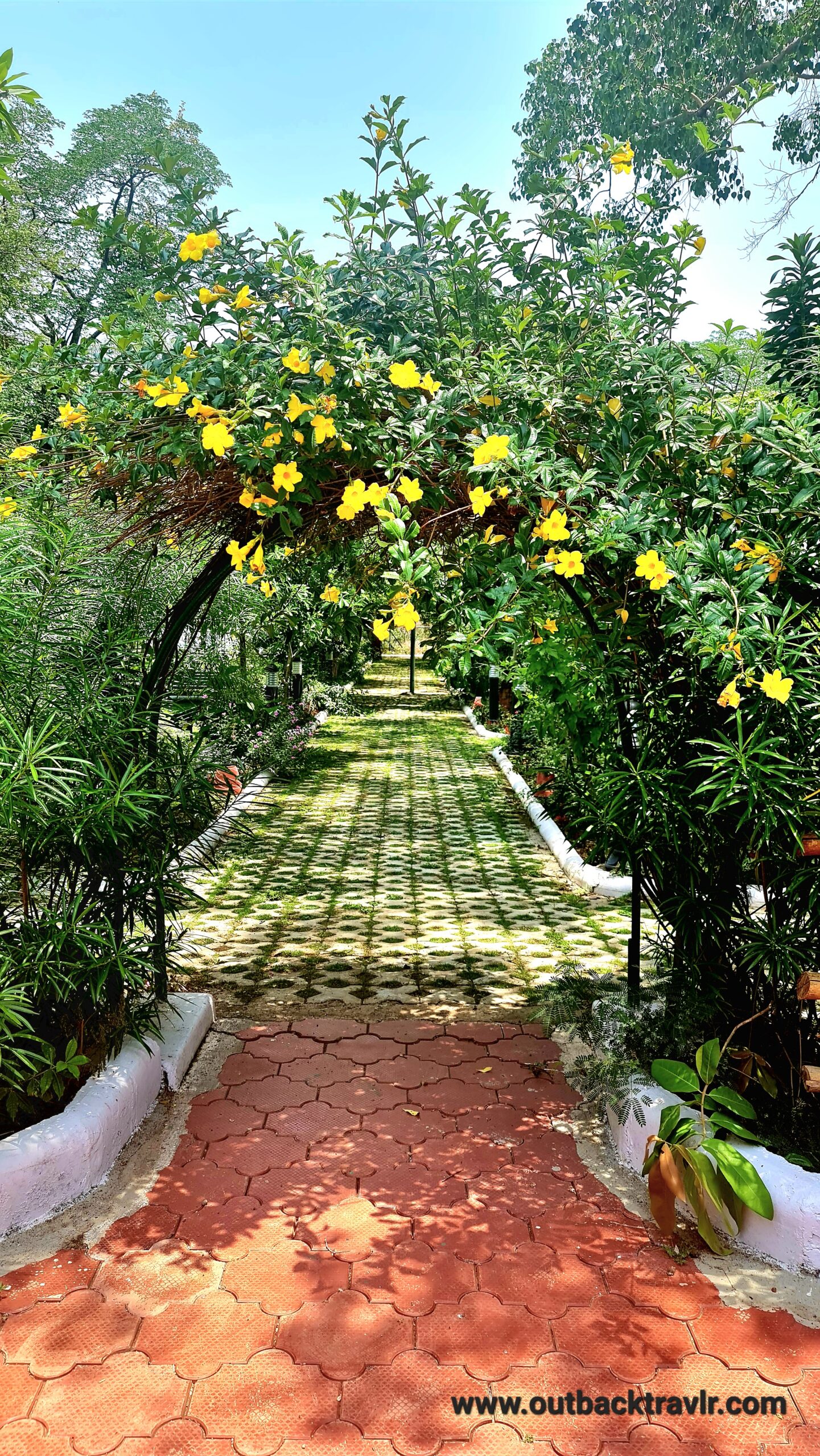
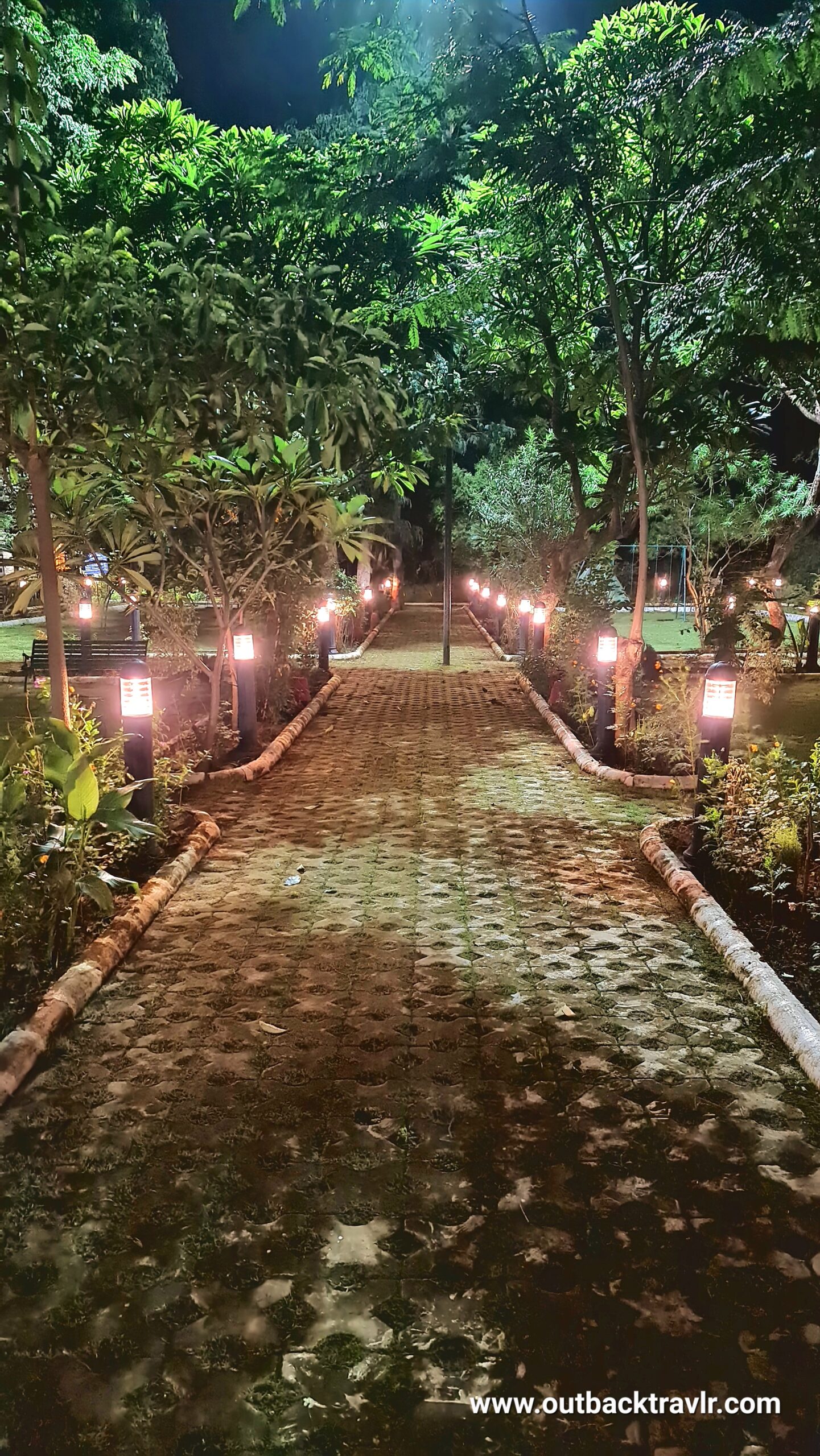
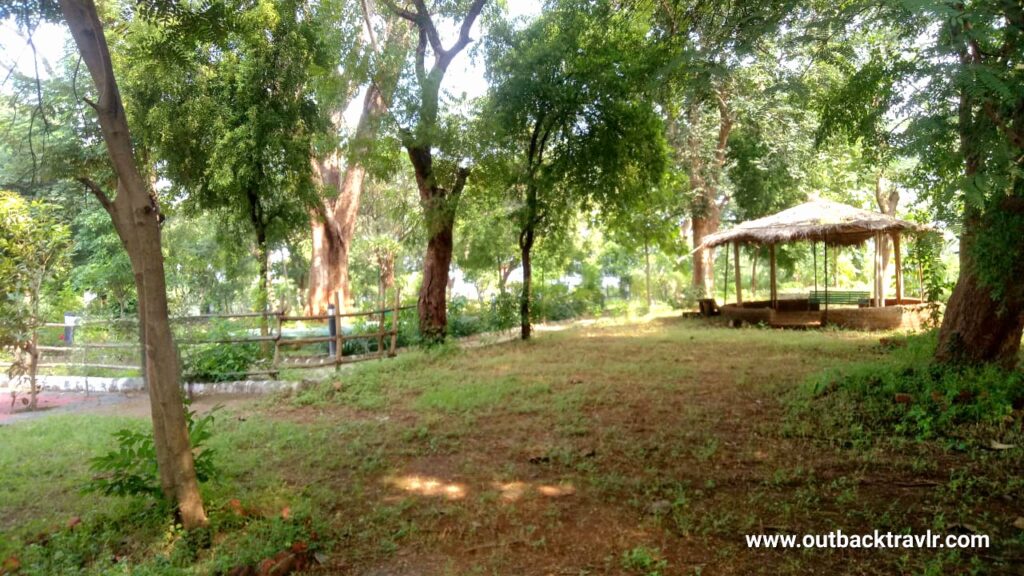
CROCODILES 🐊
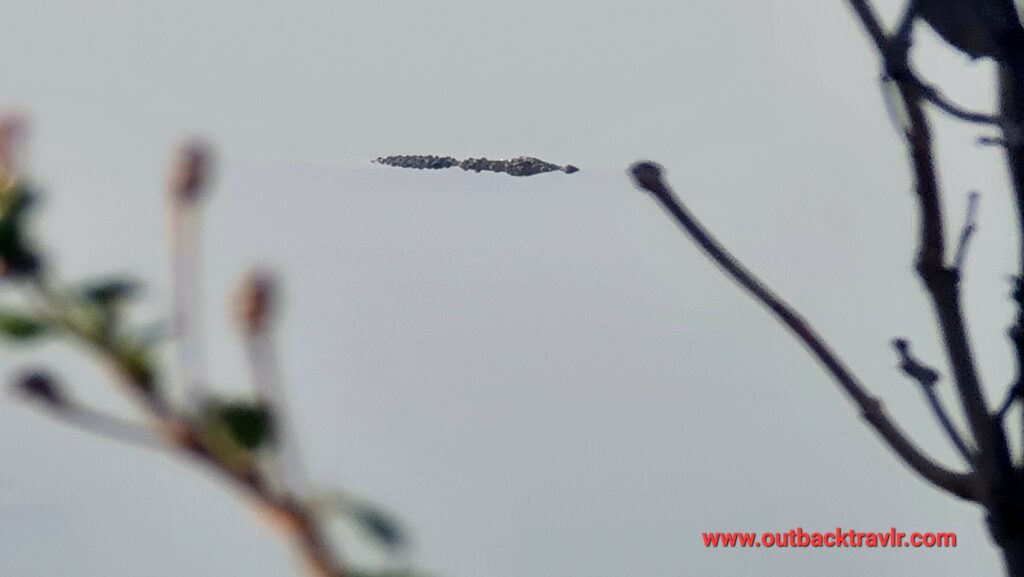
As part of the wildlife conservation program, the State government of Madhya Pradesh has relocated crocodiles that strayed away from Narmada River and rehabilitated them in the Khandari lake. There are approximately thirty five to forty crocodiles (all sizes) present in the lake as on Oct 2022. All kinds of activities in the water, including bathing or swimming, are prohibited due to the presence of crocodiles.
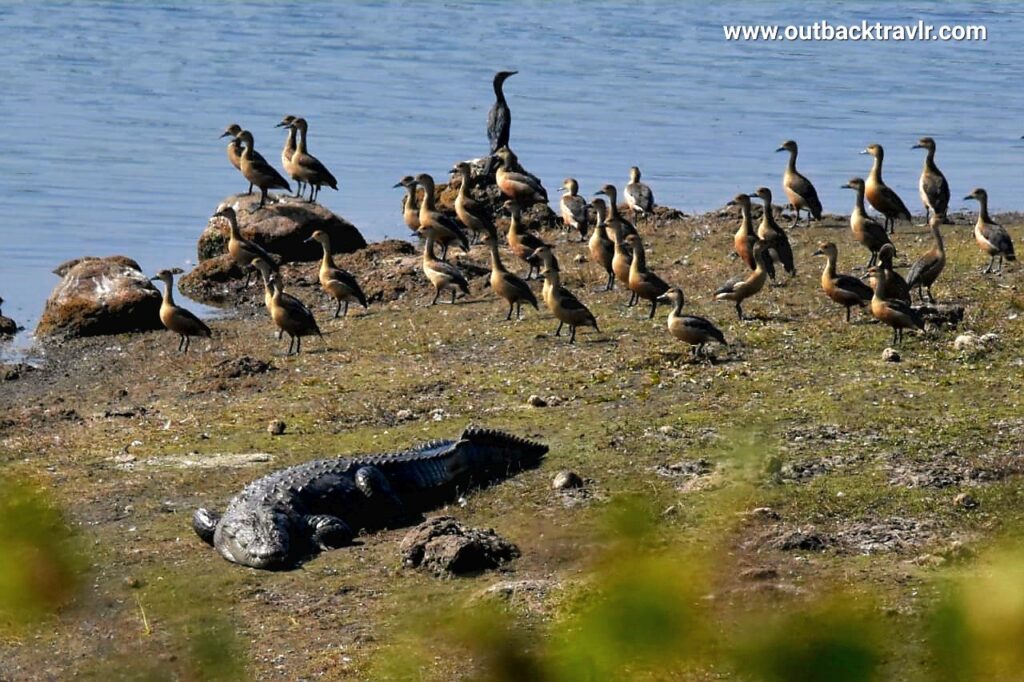
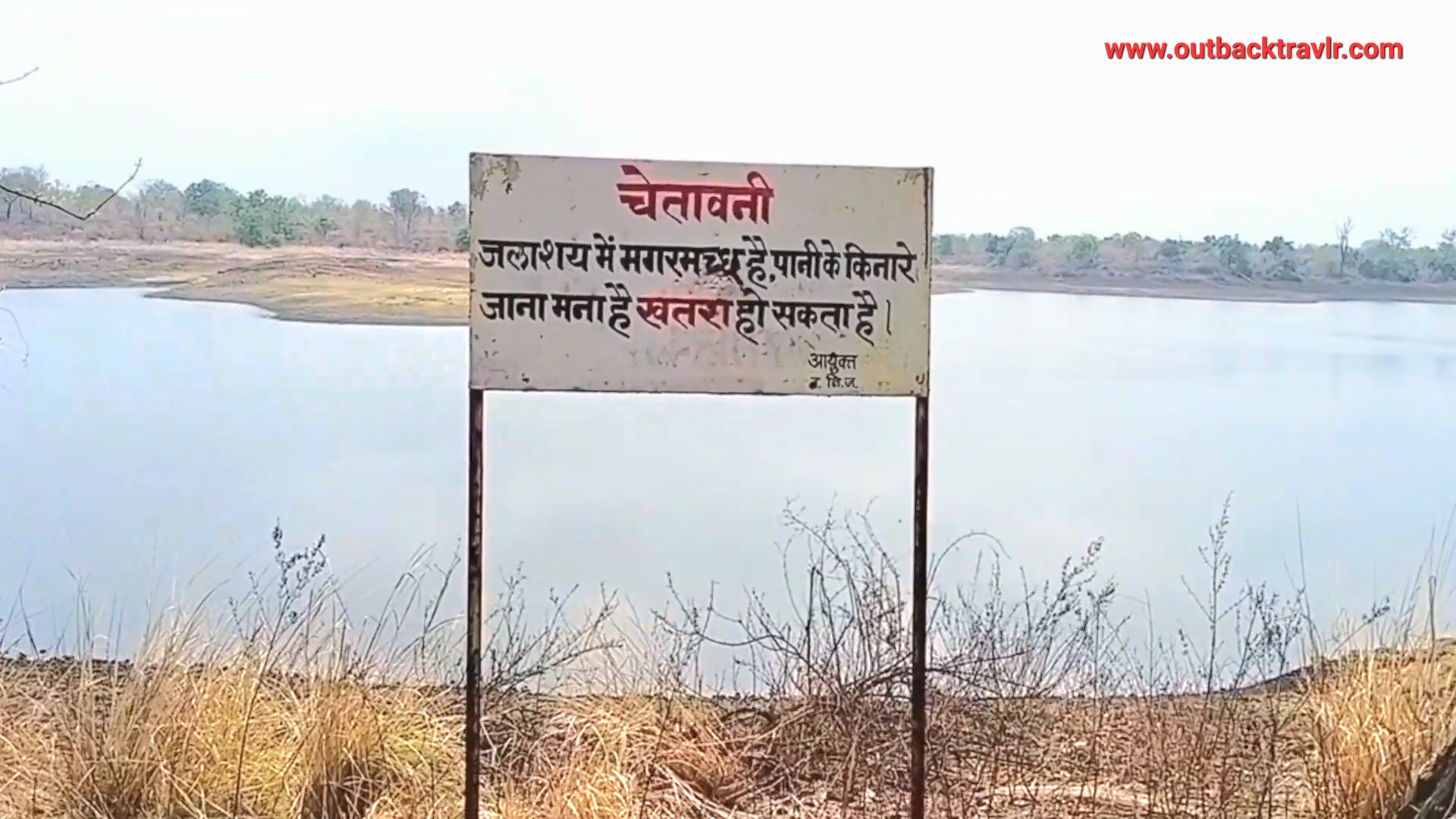
KHANDARI LAKE WATER FALL
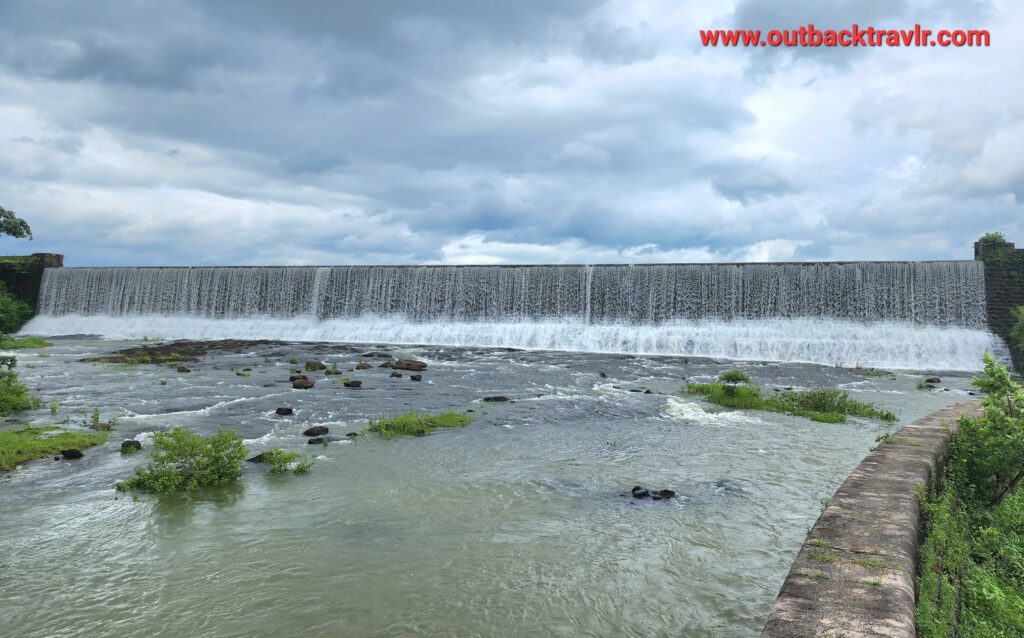
Each year monsoons bring a new lease of life to the flora and fauna of Dumna Nature Park and it is a sight to behold. The gush of water overwhelms the lake and the waste weir on the Dam allows the excess water to escape. This forms a jaw dropping sight as the overflowing water turns into a beautiful waterfall. This phenomenon is witnessed for a short duration, only during heavy monsoons, and only a few lucky ones get to enjoy this sight. Over the years, the water overflowing from the waste weir has been fondly referred to as Khandari Waterfall by locals who take immense pride in identifying this iconic location at Jabalpur as one of their own.
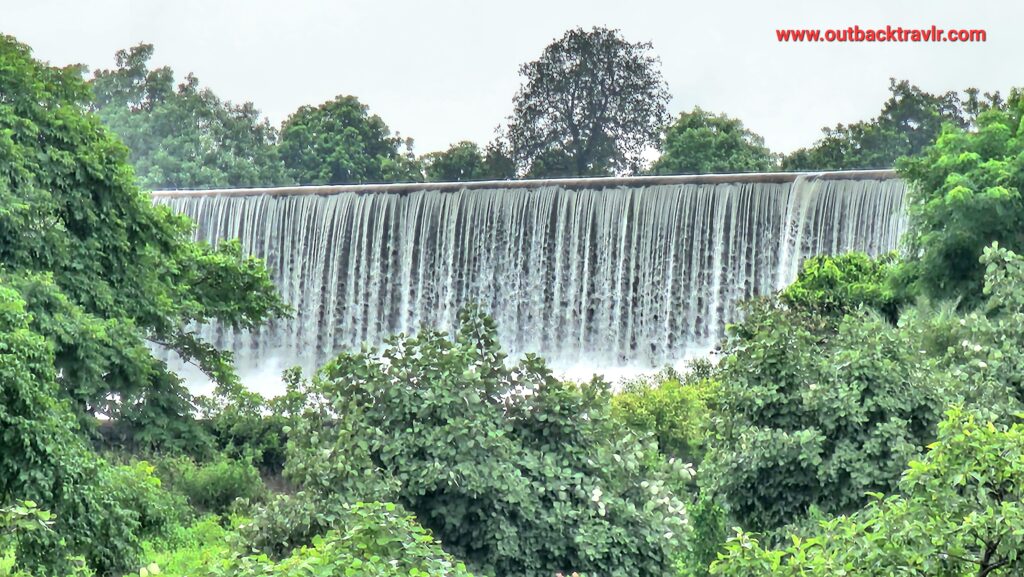
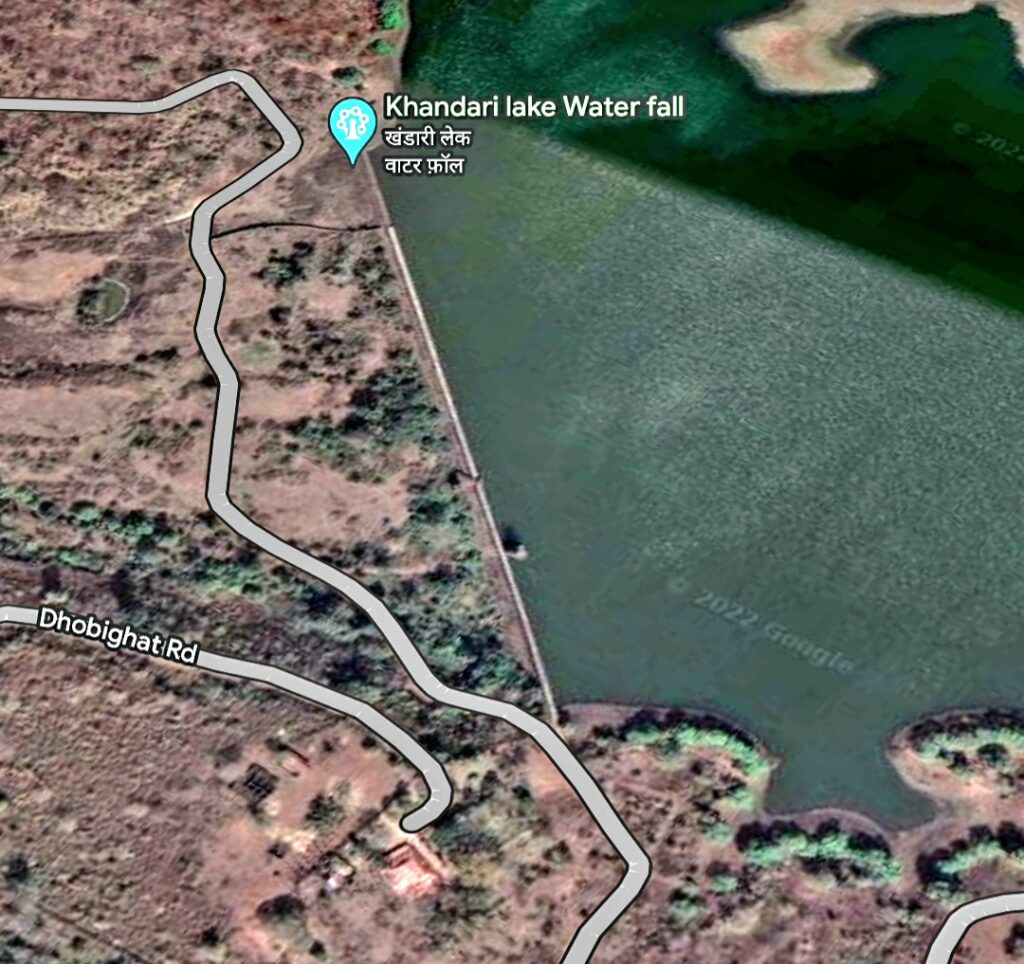
WASTE WEIR
A section of the Dam where excess water flows over the top (crest) of a wall or underneath it for at least some of its length.
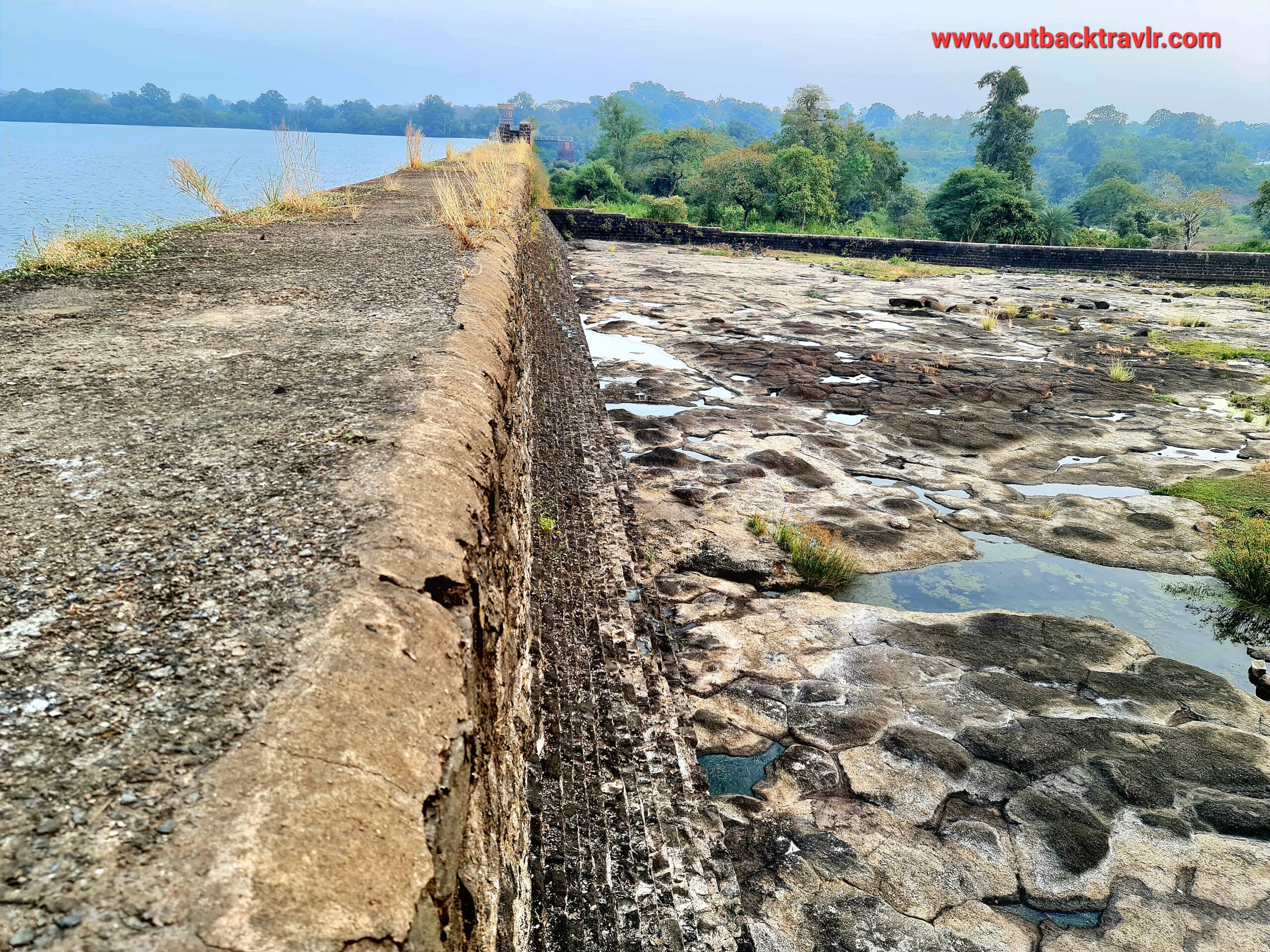
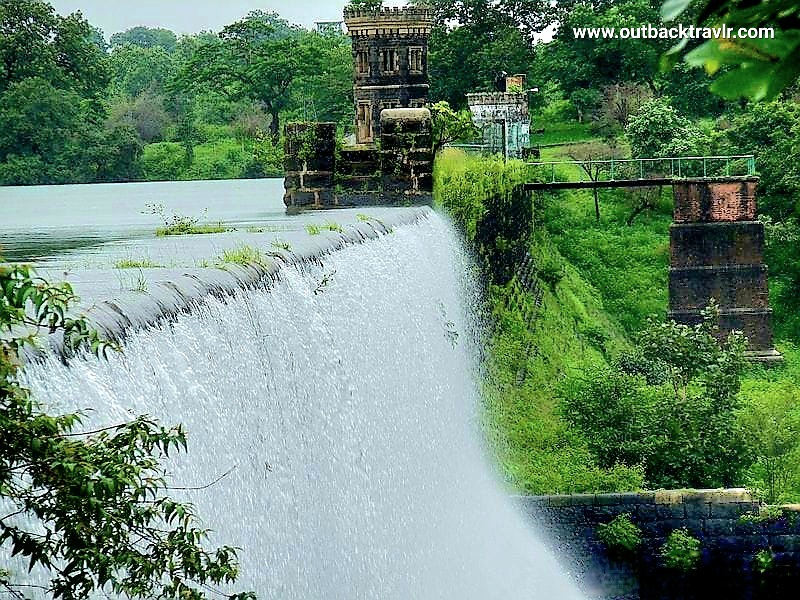
LOCATION
The Dam is located at approximately 10 kilometre from Jabalpur city, and one can spot the entrance of Dumna Nature Park along the Jabalpur Airport road. Jabalpur Airport provides daily service to most of the major cities across India. Jabalpur Junction railway station is situated on the Allahabad- Mumbai railway link, and many major trains pass through it. For anyone traveling by road, Jabalpur is situated on NH-7 and NH-12A highways.
Although an old Dam, it still attracts a lot of visitors throughout the year and especially during monsoons due to its endless pulchritude. A visit to this dam and the sanctuary provides you with a relaxing atmosphere, and you will surely enjoy the visit.
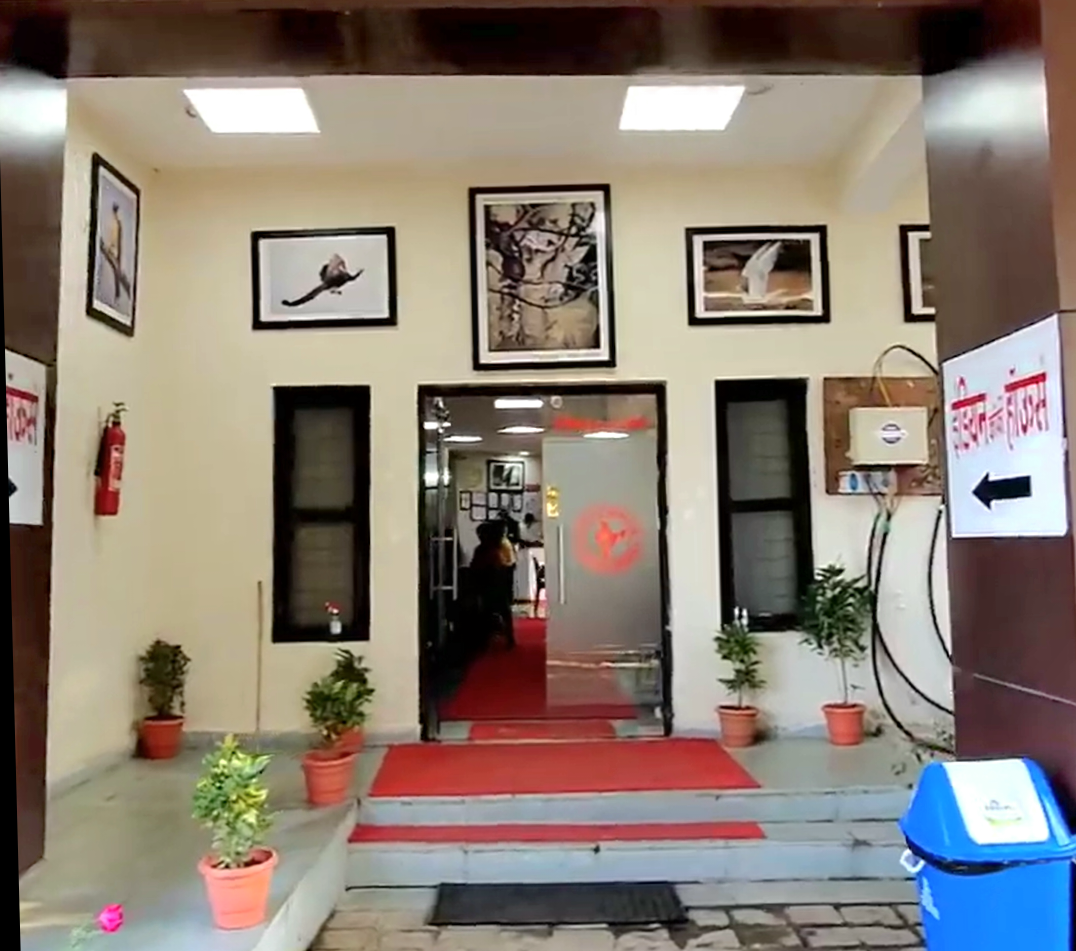
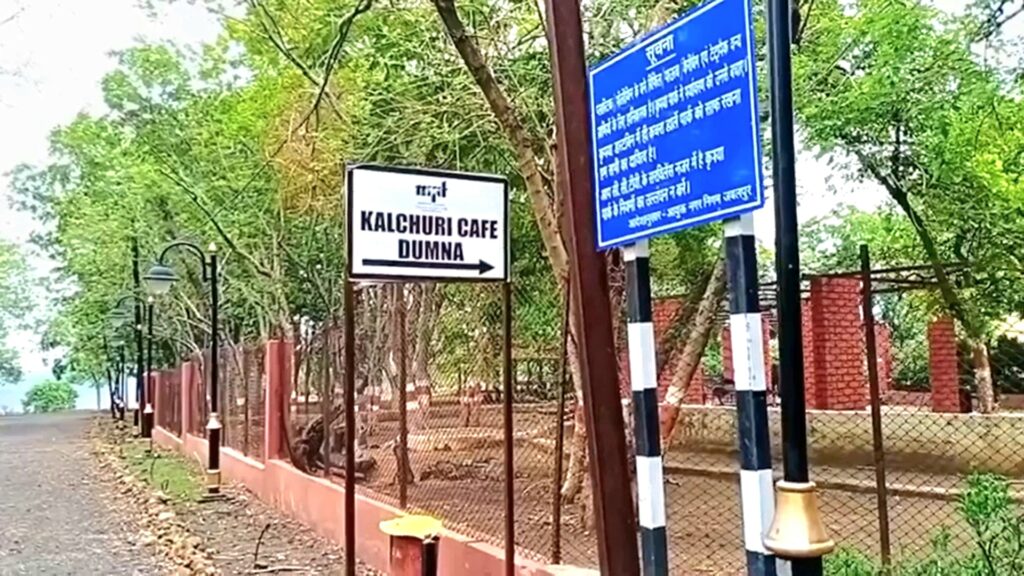
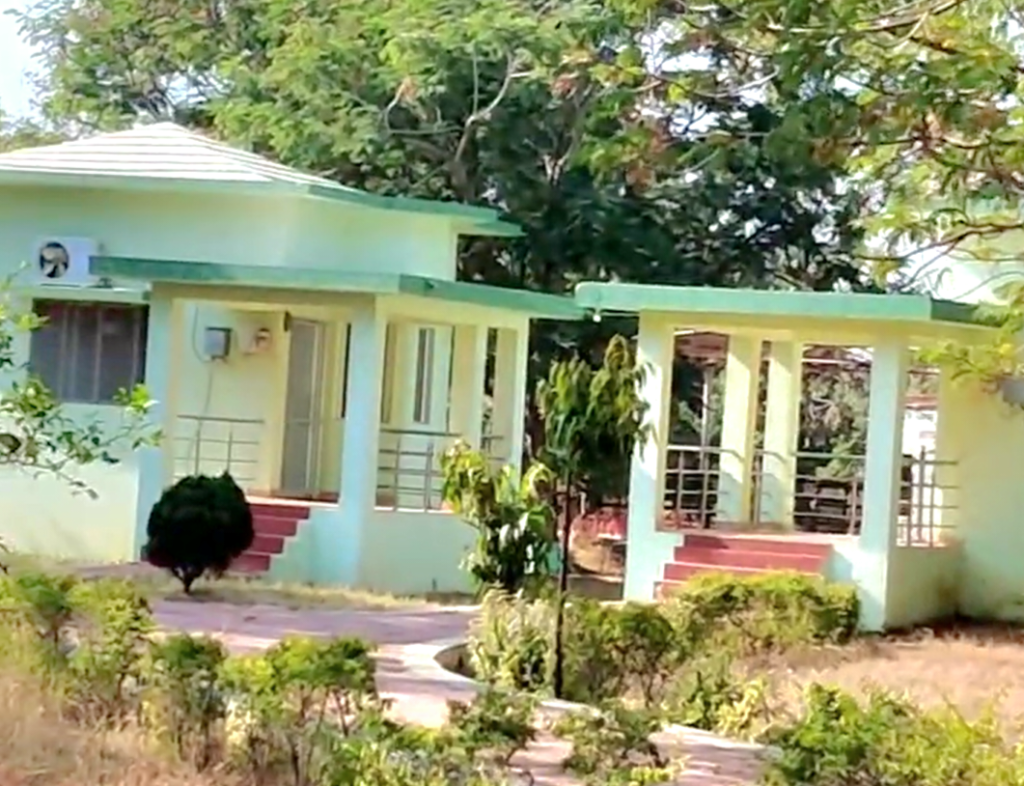
At the Dumna Nature Park there is a restaurant which is run by the tourism department of Madhya Pradesh. Here one can enjoy a cup of tea, coffee and tasty food at the Indian Coffee House.
The best time to visit the lake would be between the months of November – April and during the monsoons. A must visit place for nature and wildlife photographers, naturalists and birders.
My YouTube Channels
OutbackTravlr….. https://www.youtube.com/channel/UCPvWS6oBHZn7XtGWExMD9nw
OutbackTravlr’s Kitchen….. https://www.youtube.com/channel/UCZRbWrzNPOP_uOpciIireBg
Alex’s Low Carb Gourmet….. https://www.youtube.com/channel/UCuKaUUf7UJN5V3KWKnngOjA
Beautifully describe everything with detail
Thank you so much. 😇 ✨ 🙏
Thanks again.